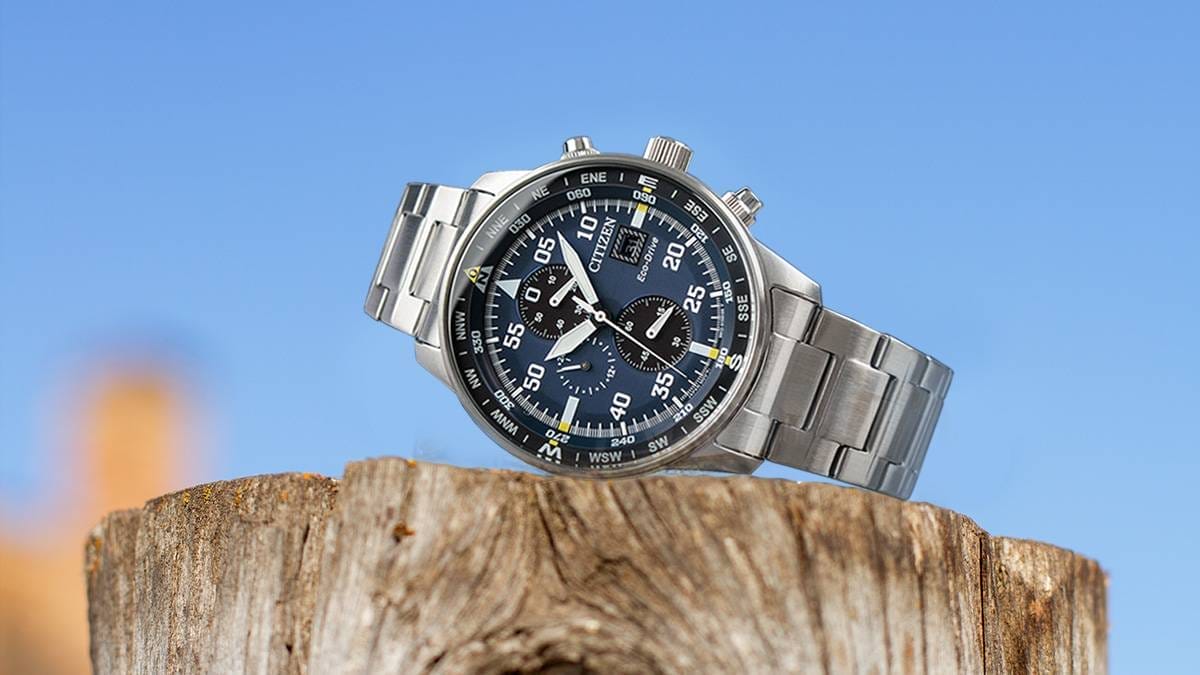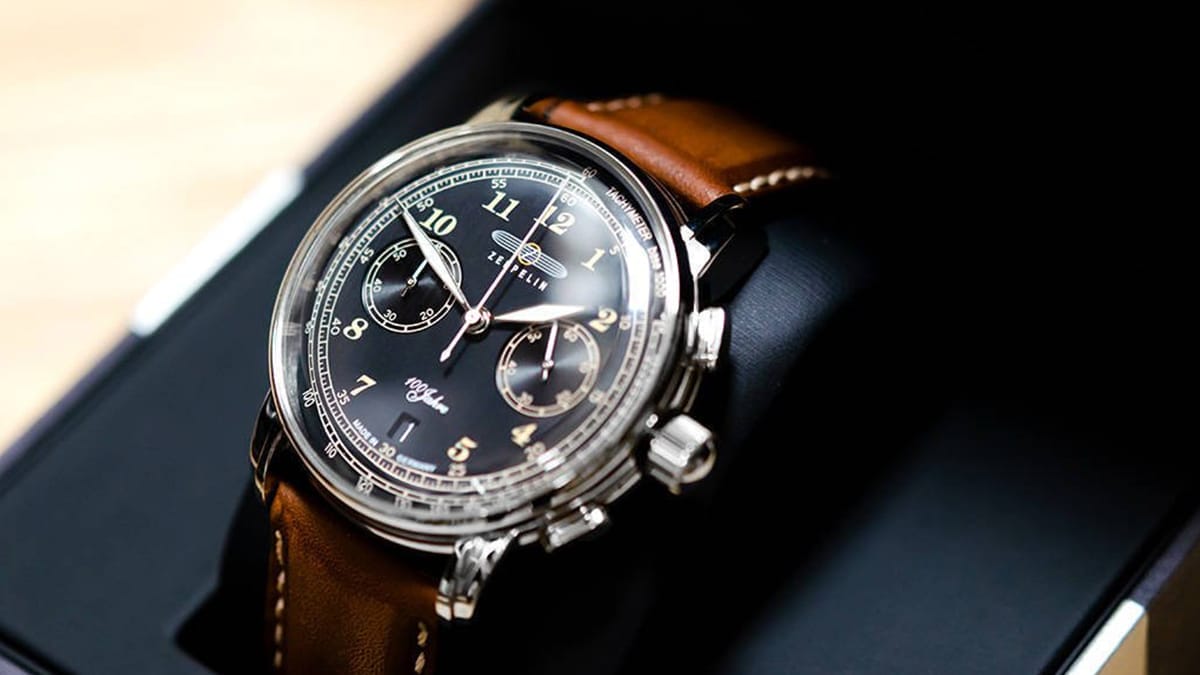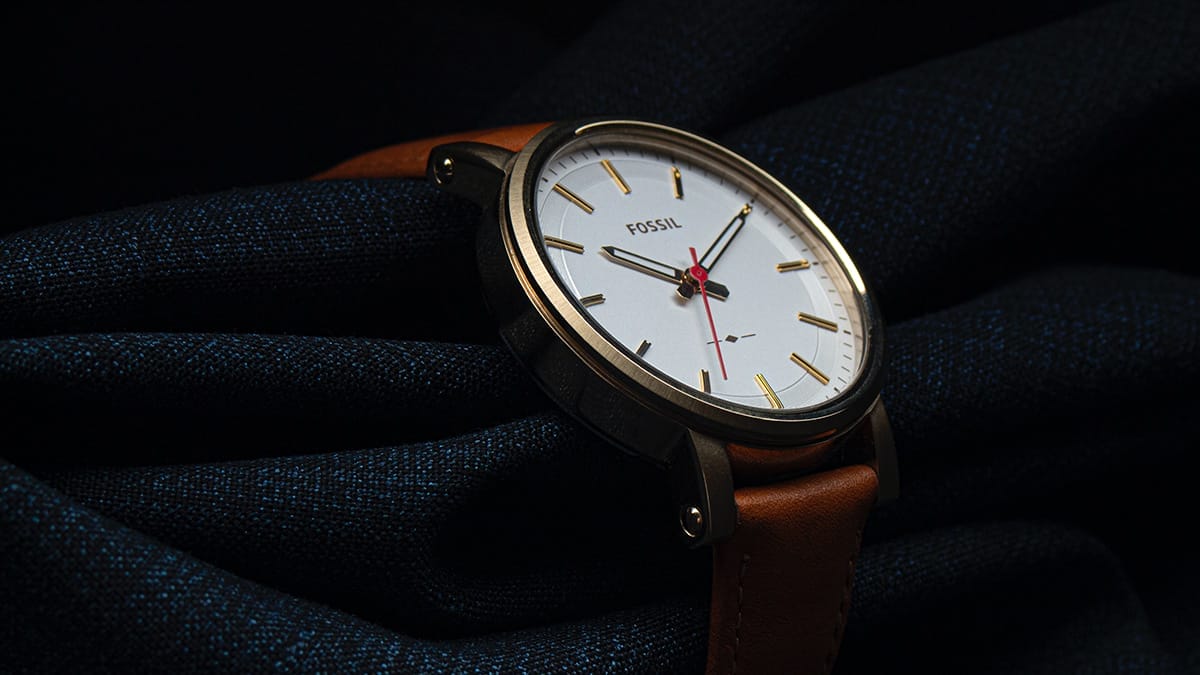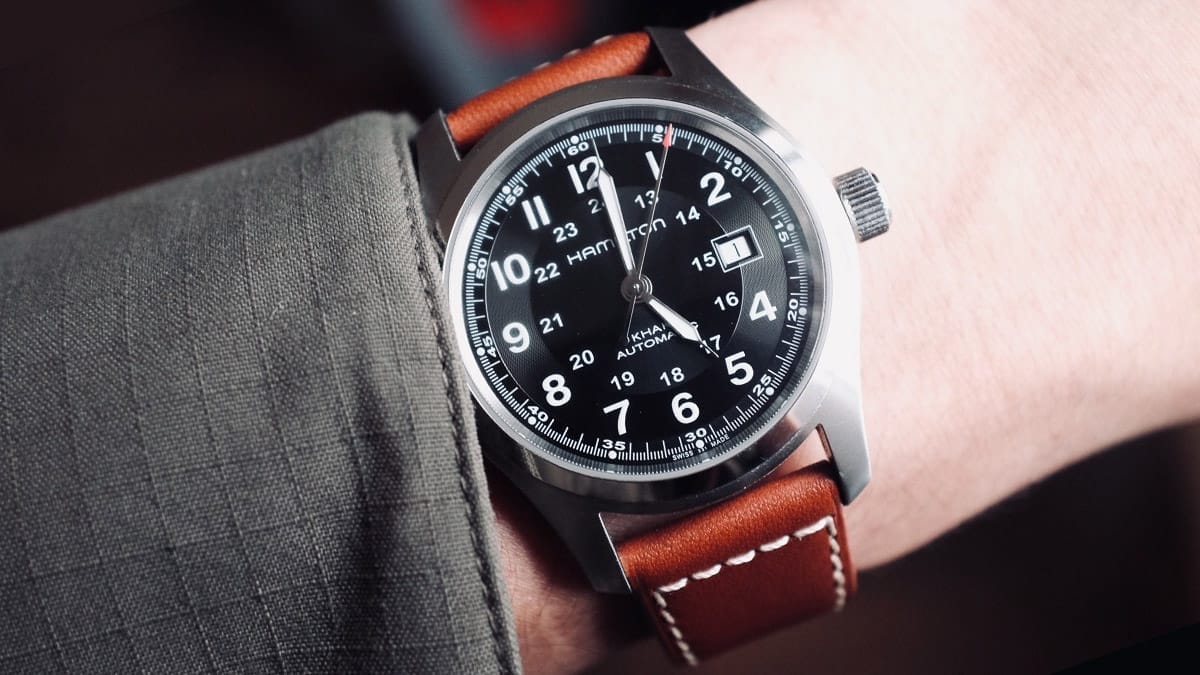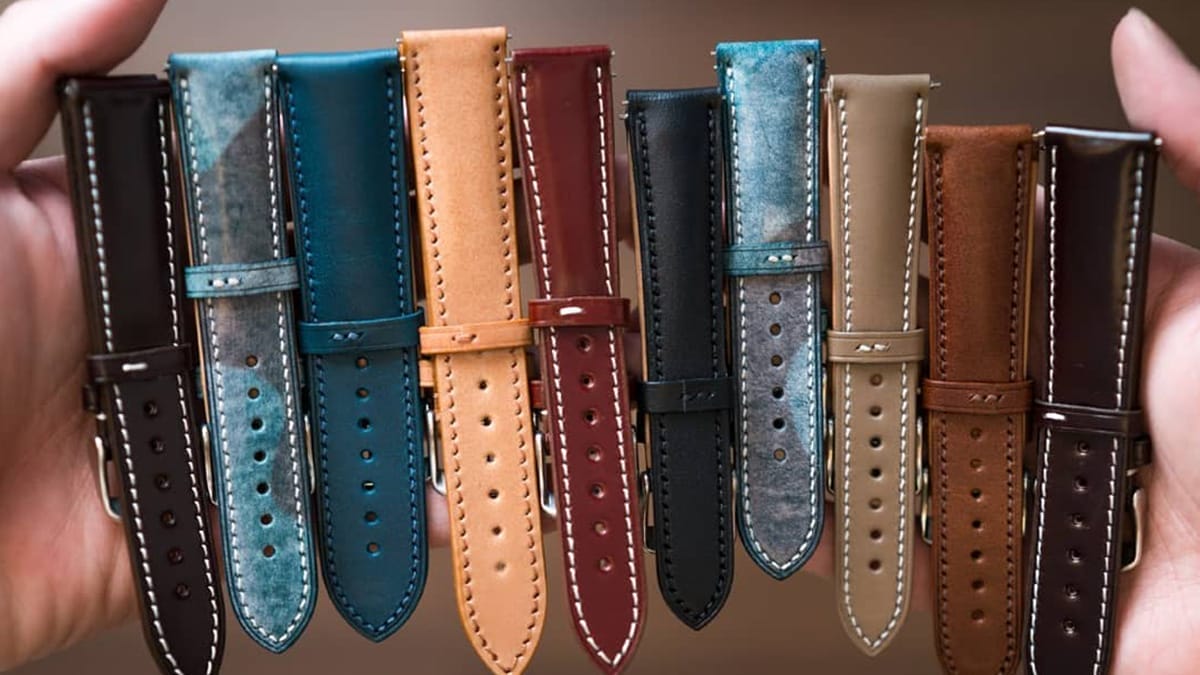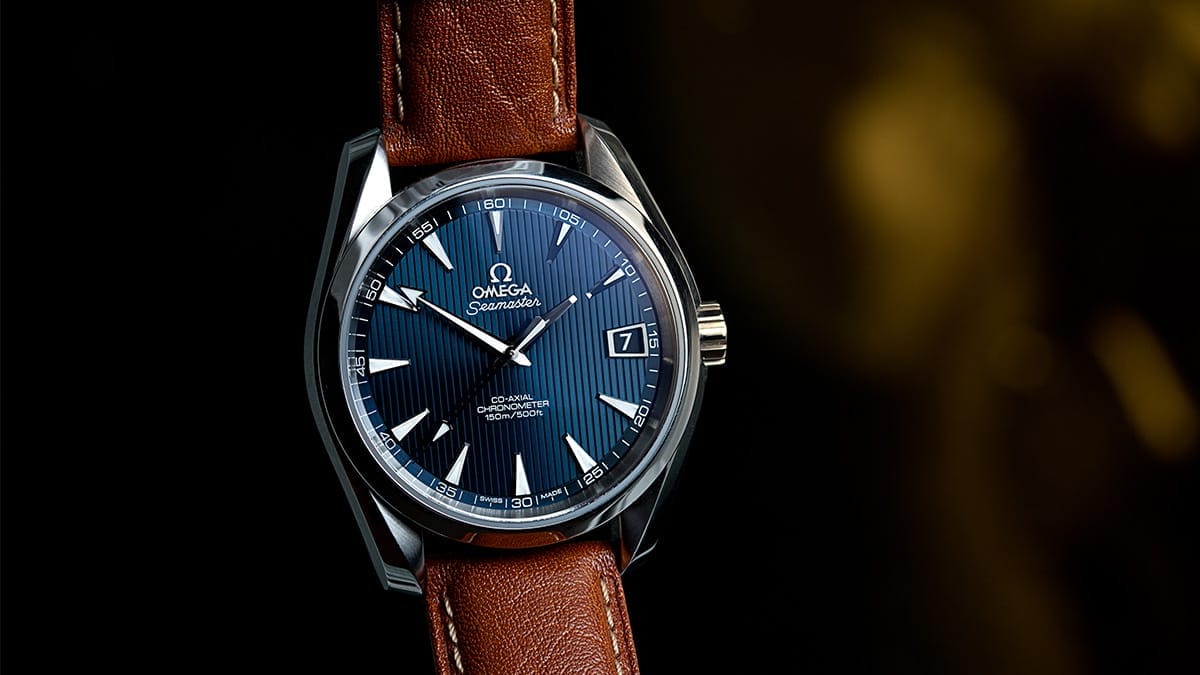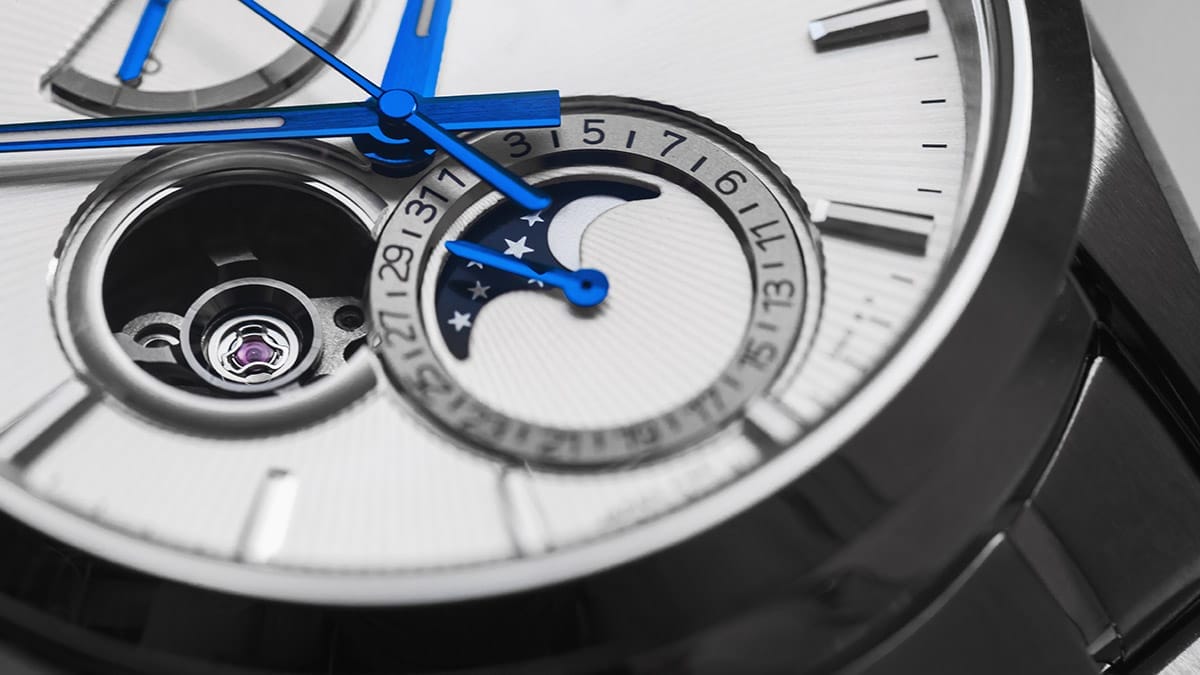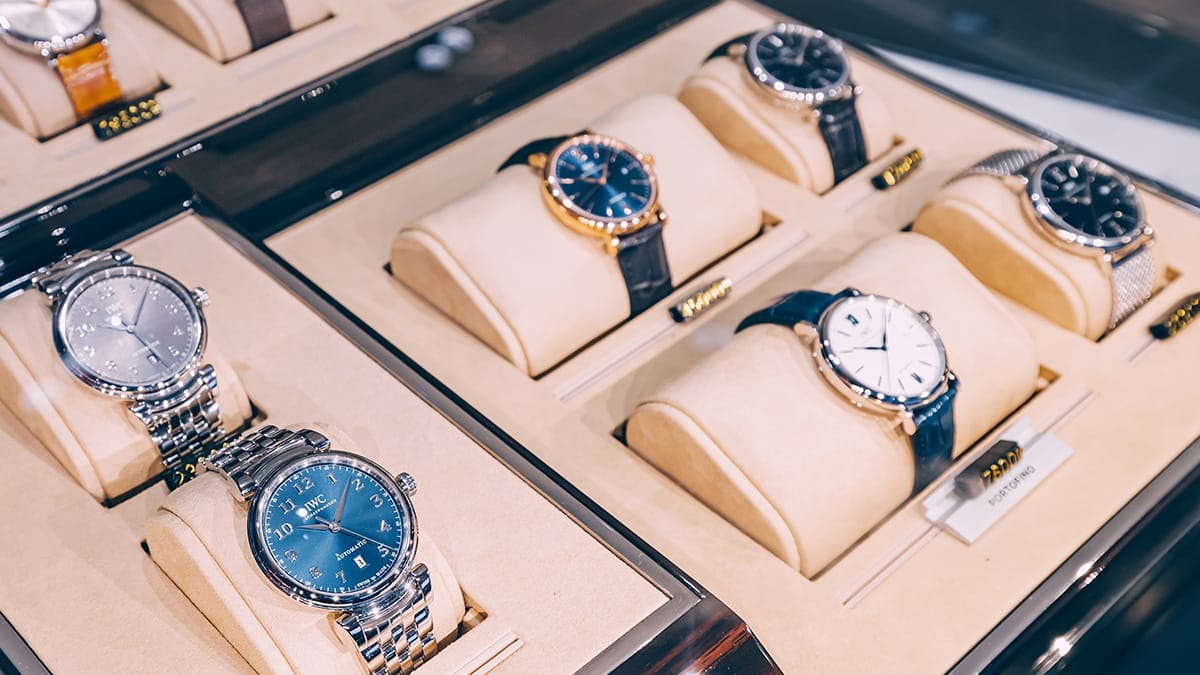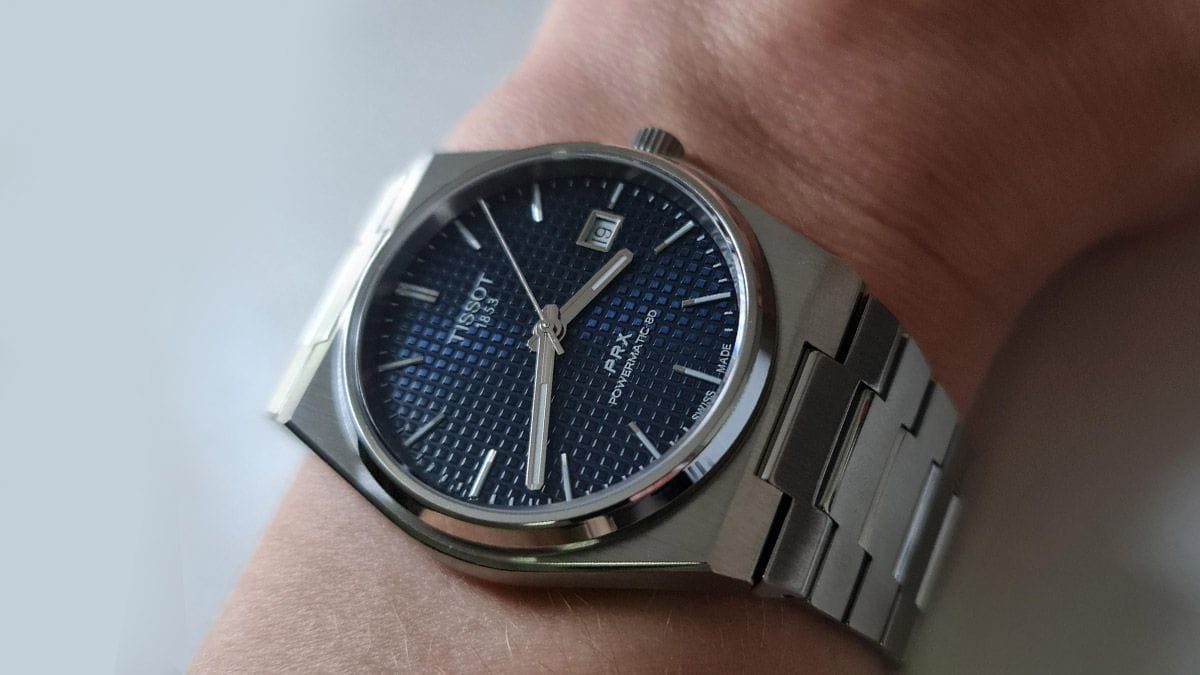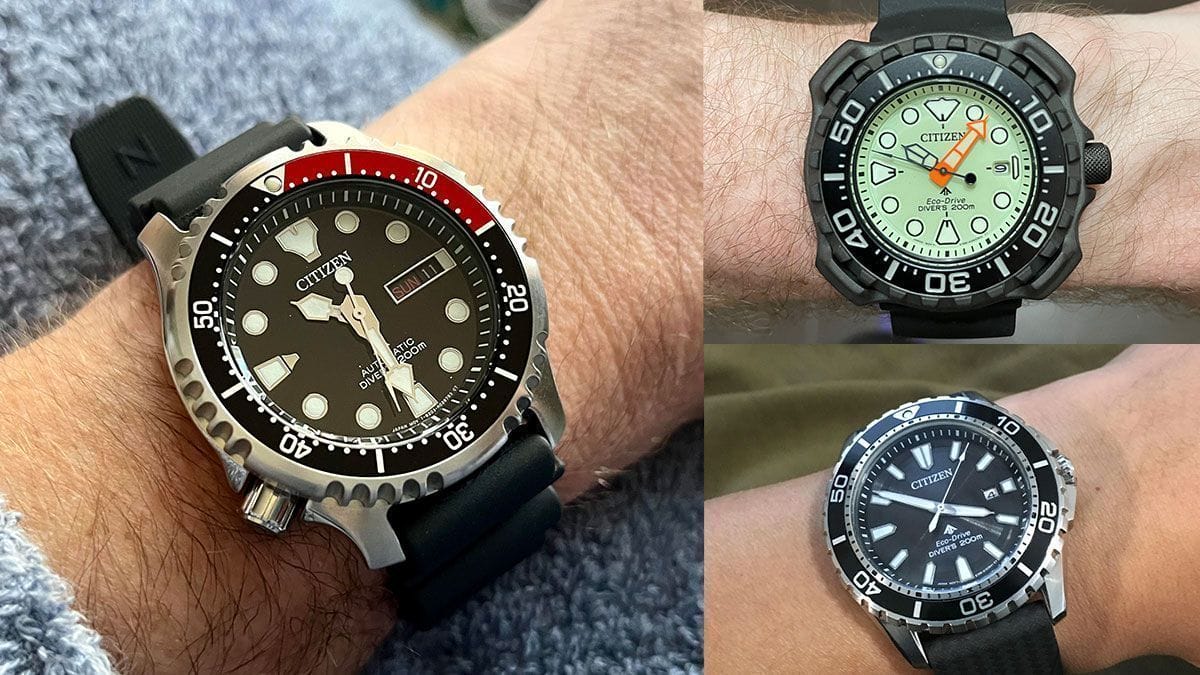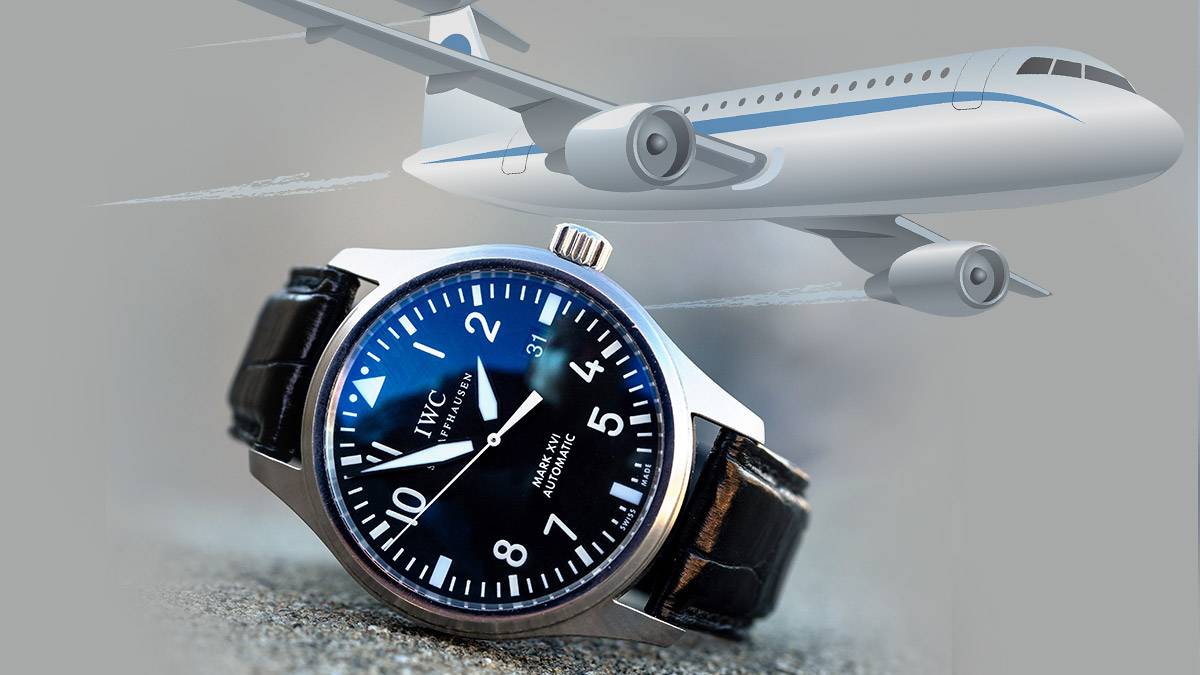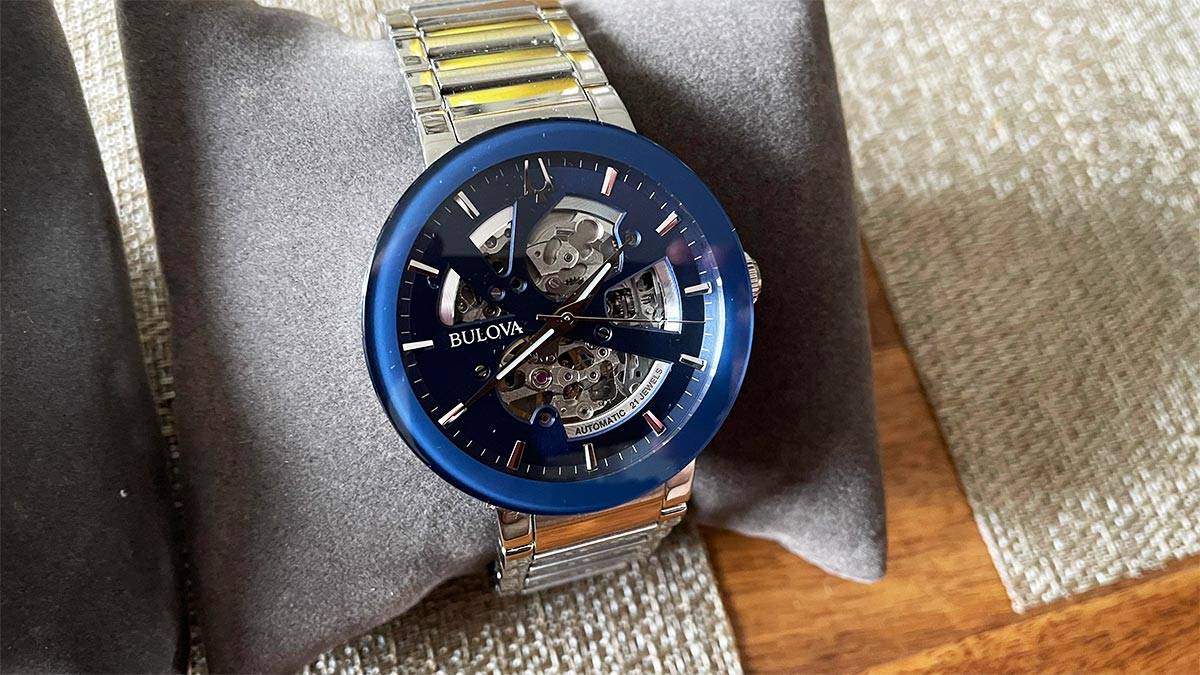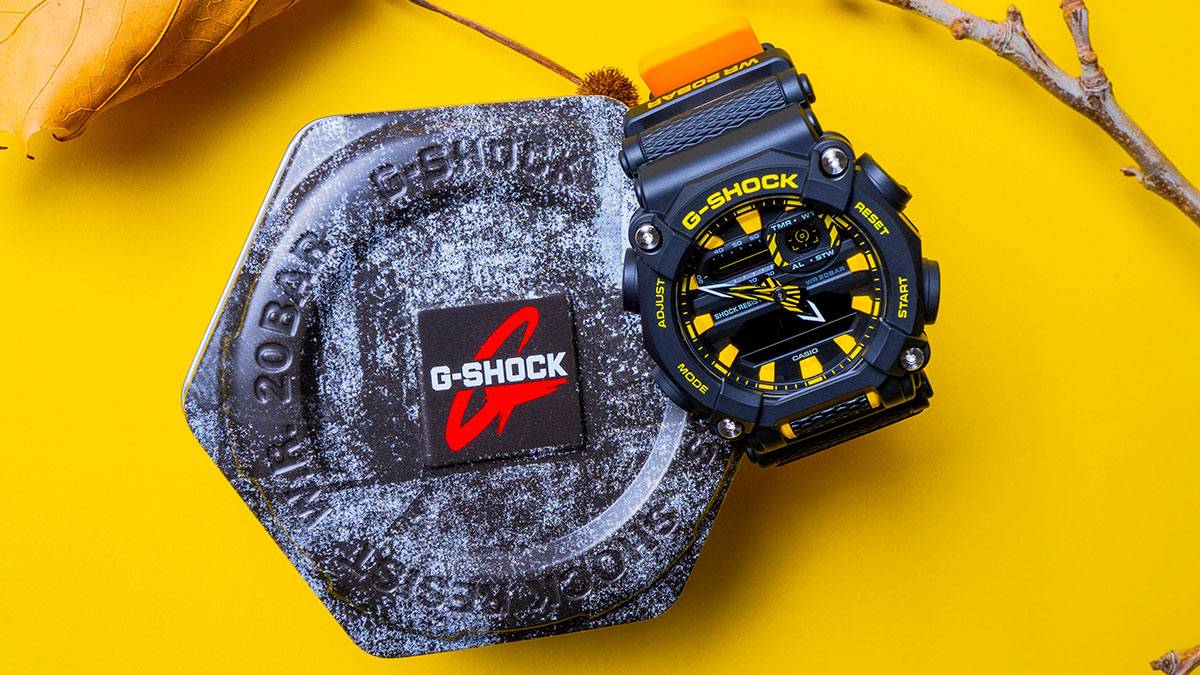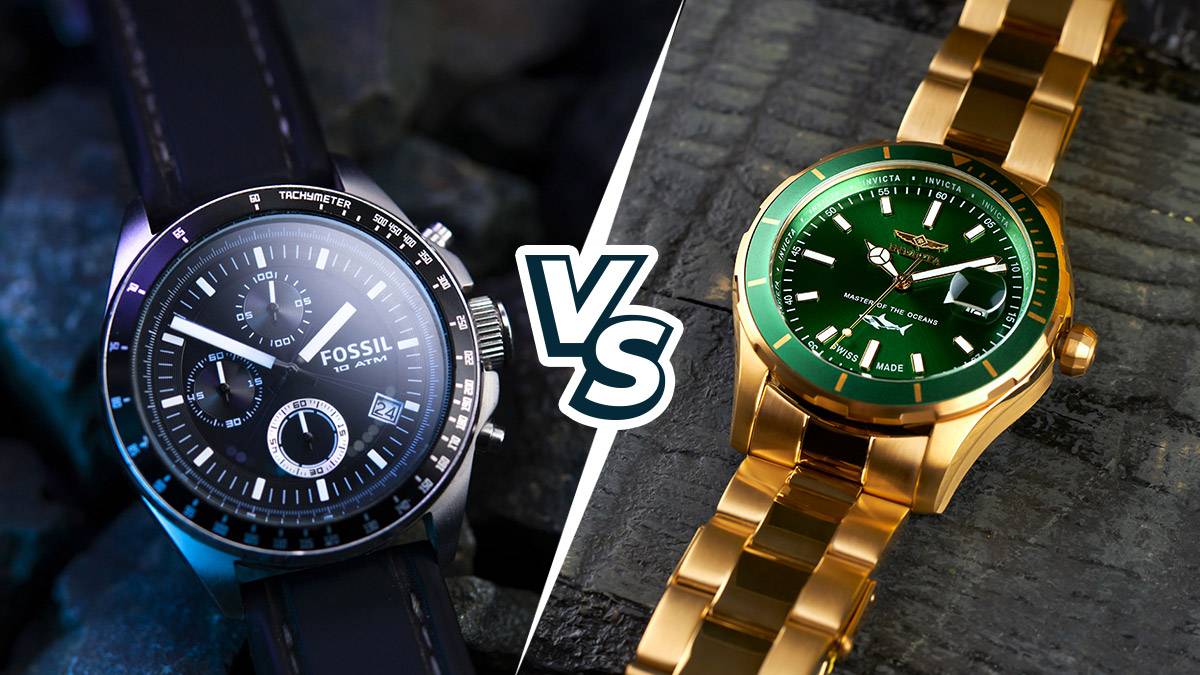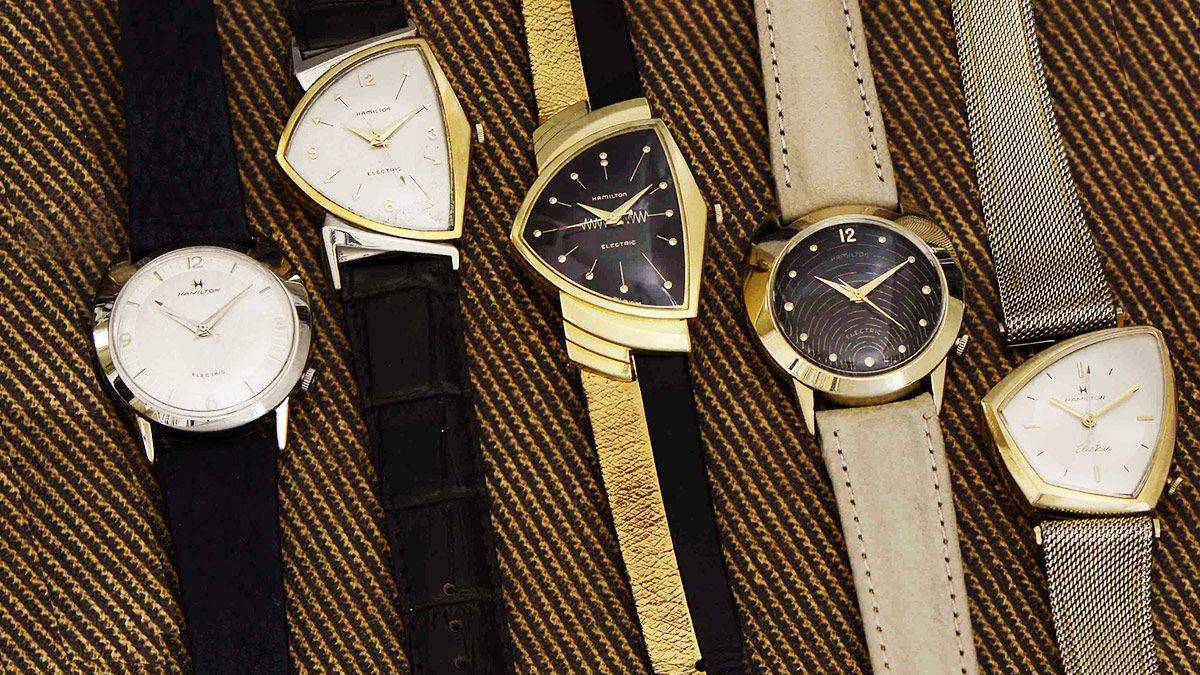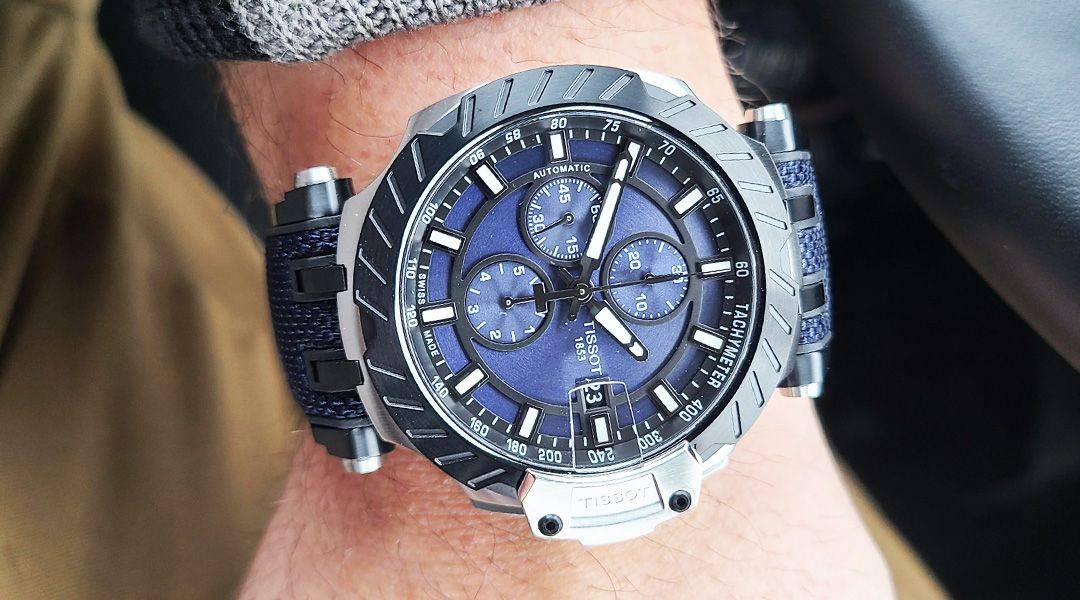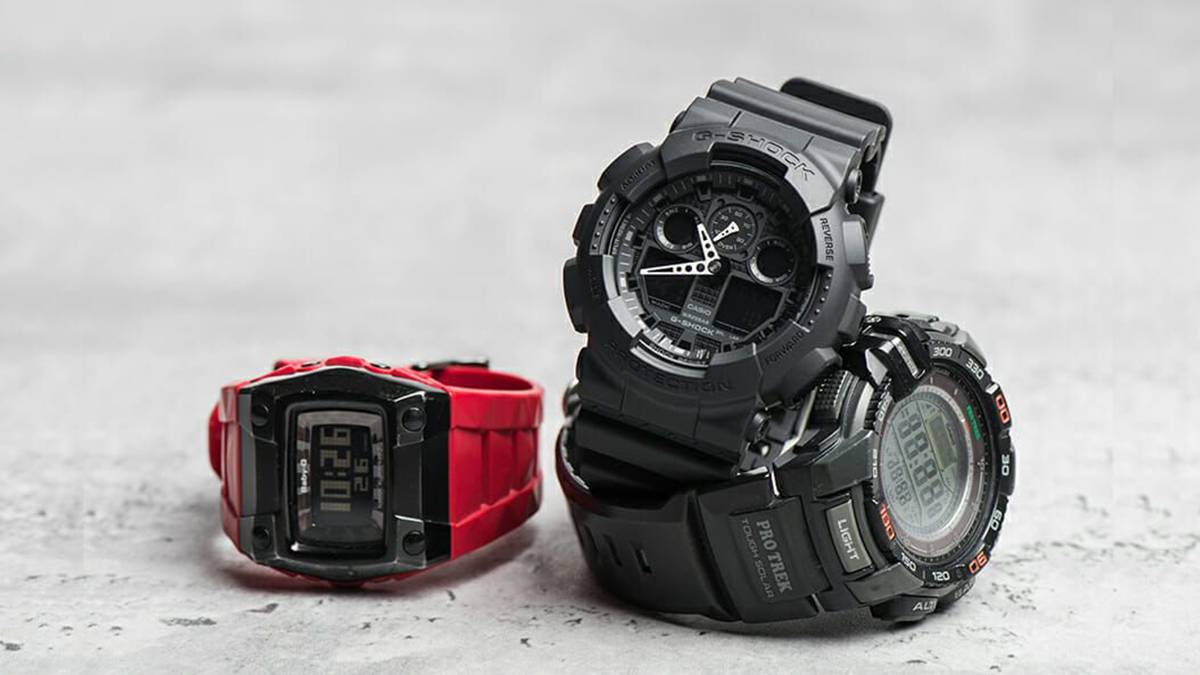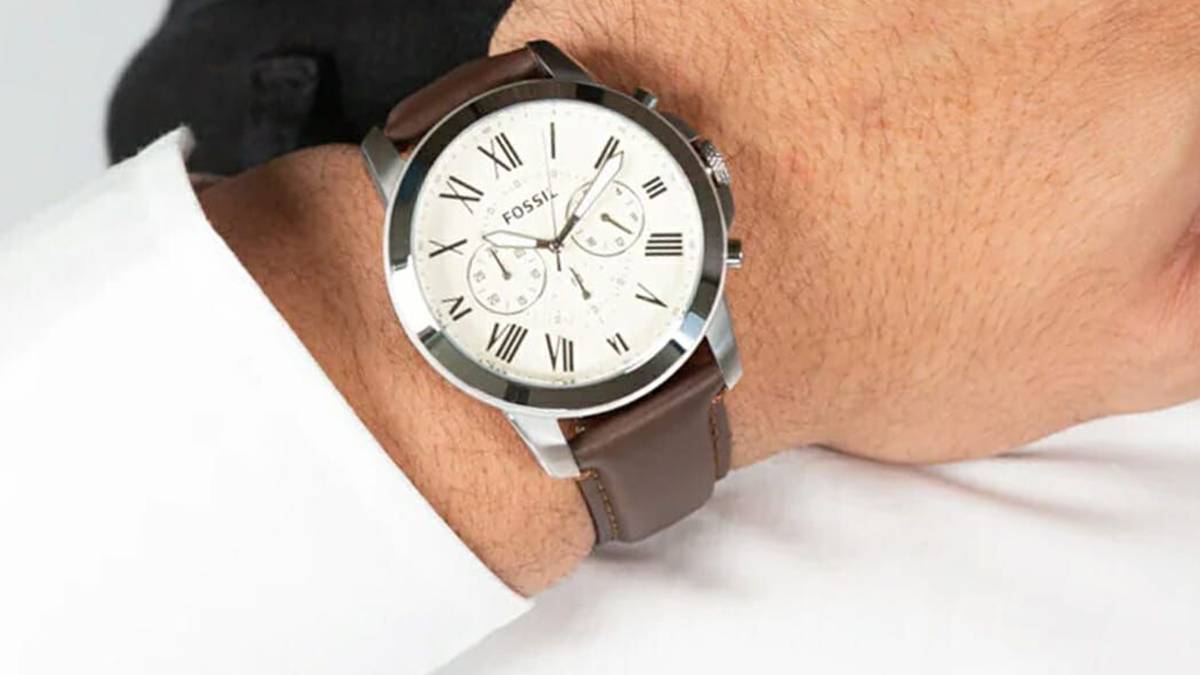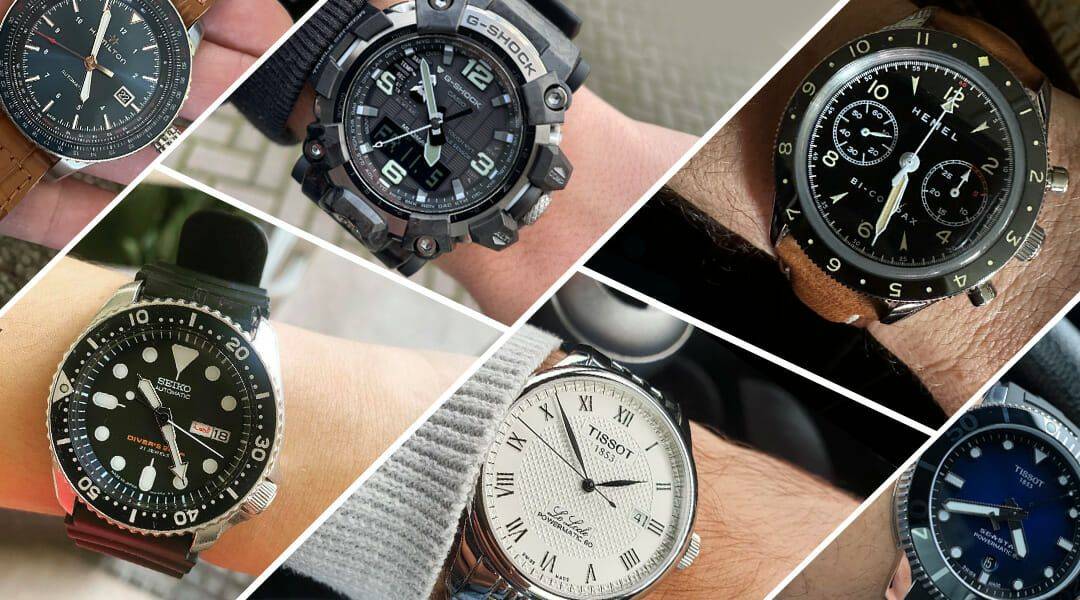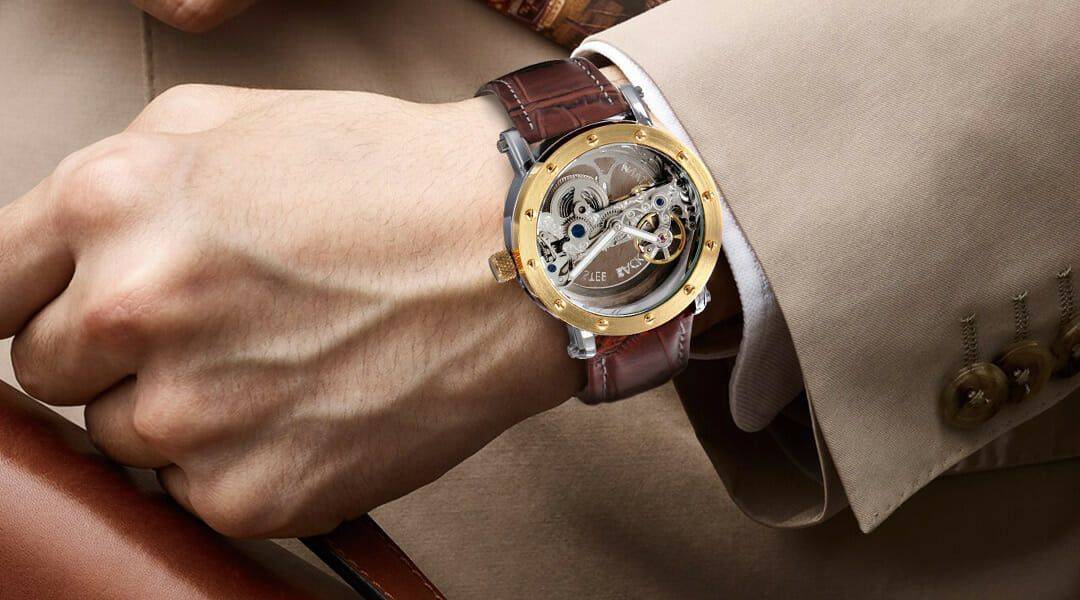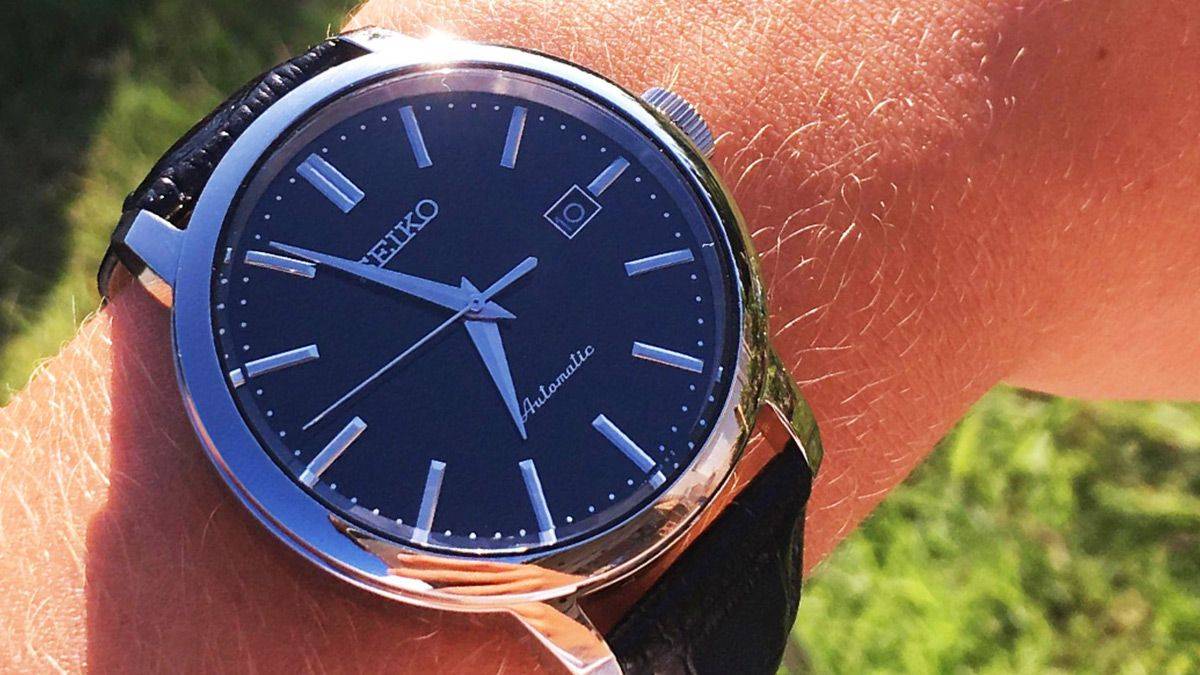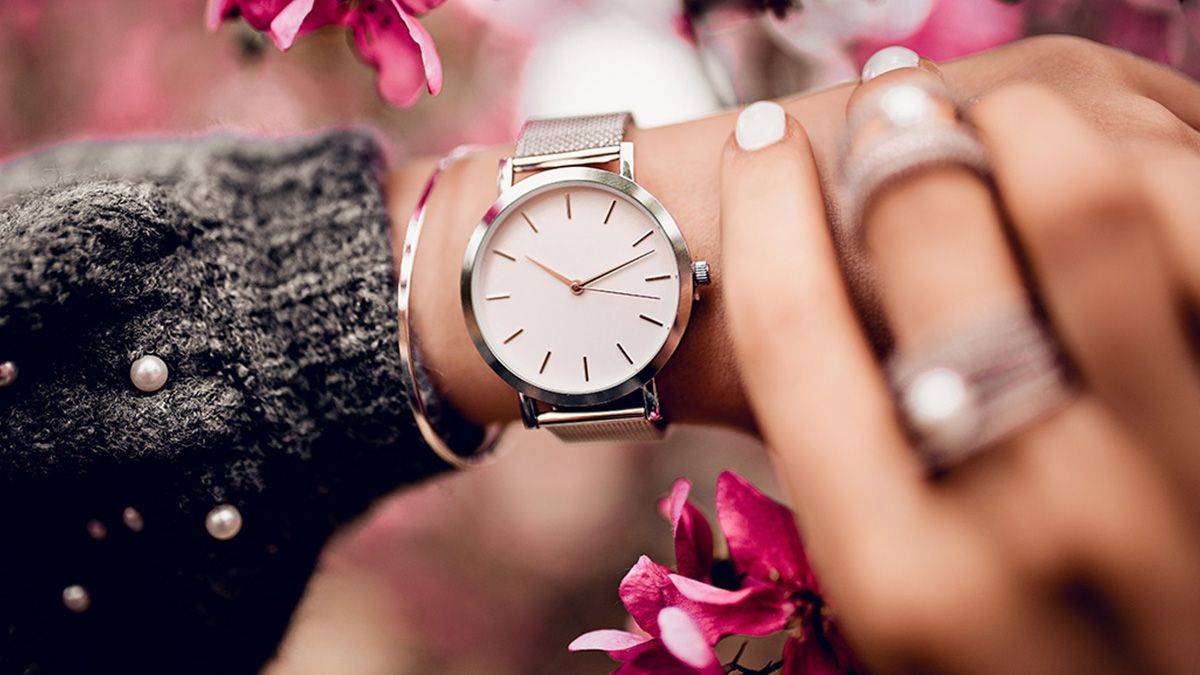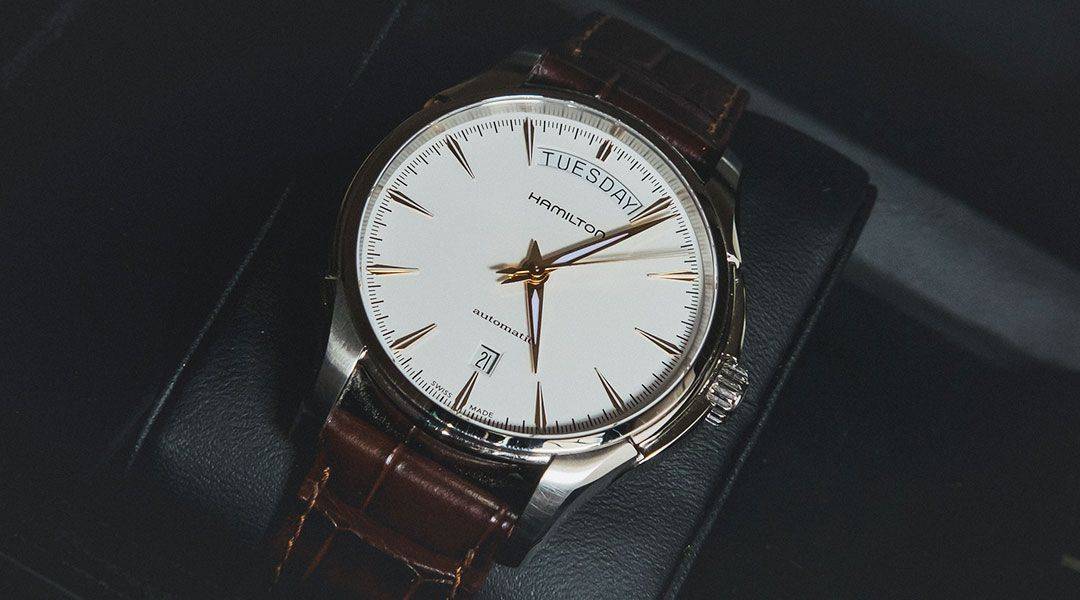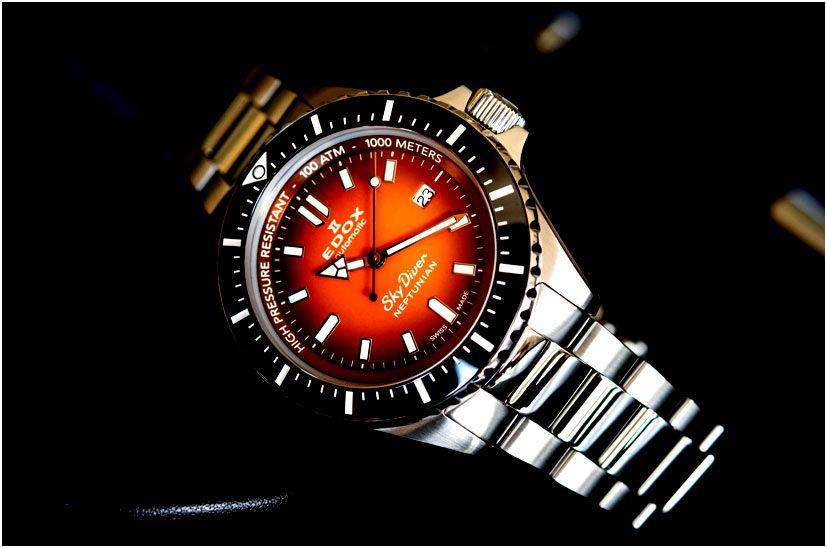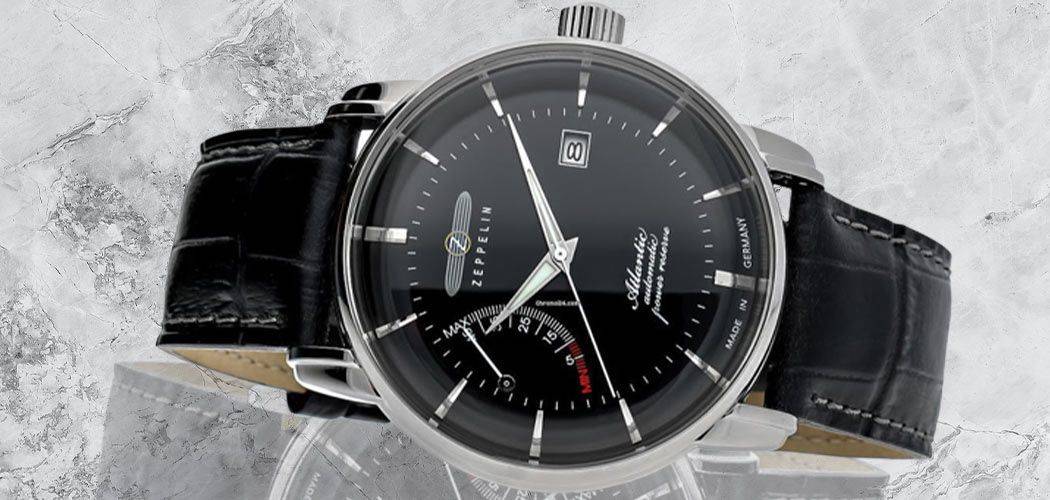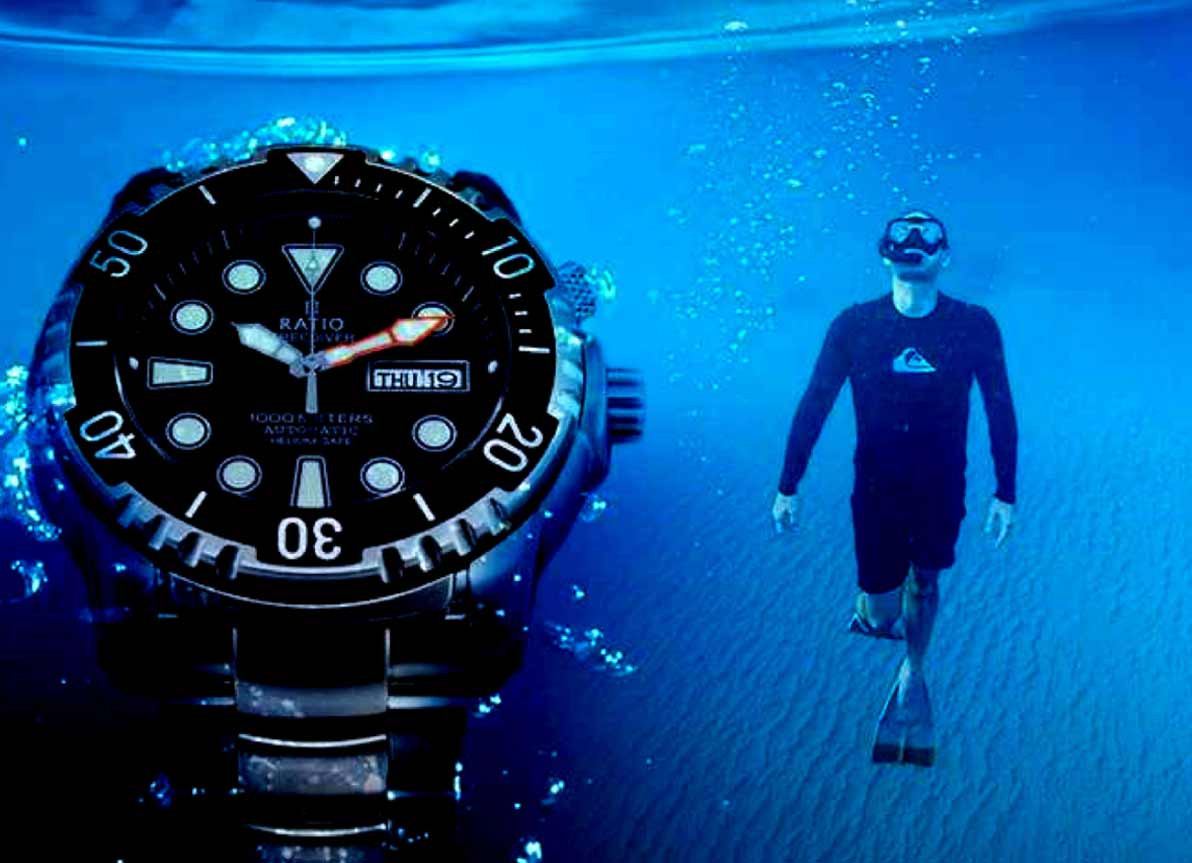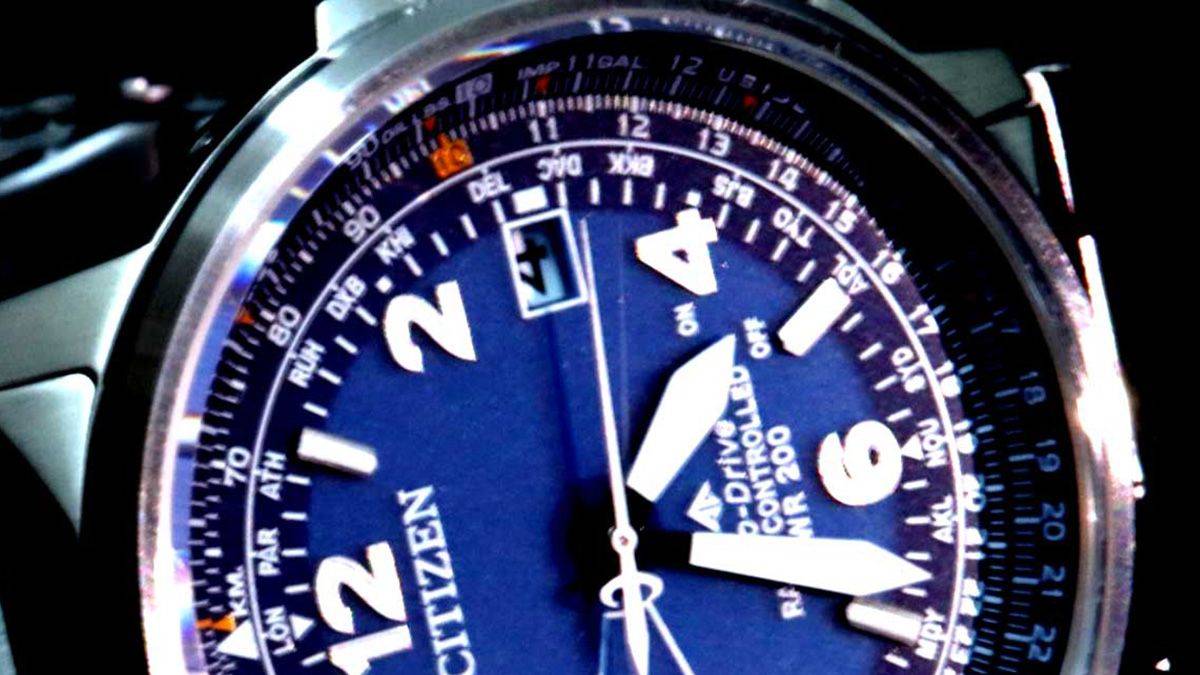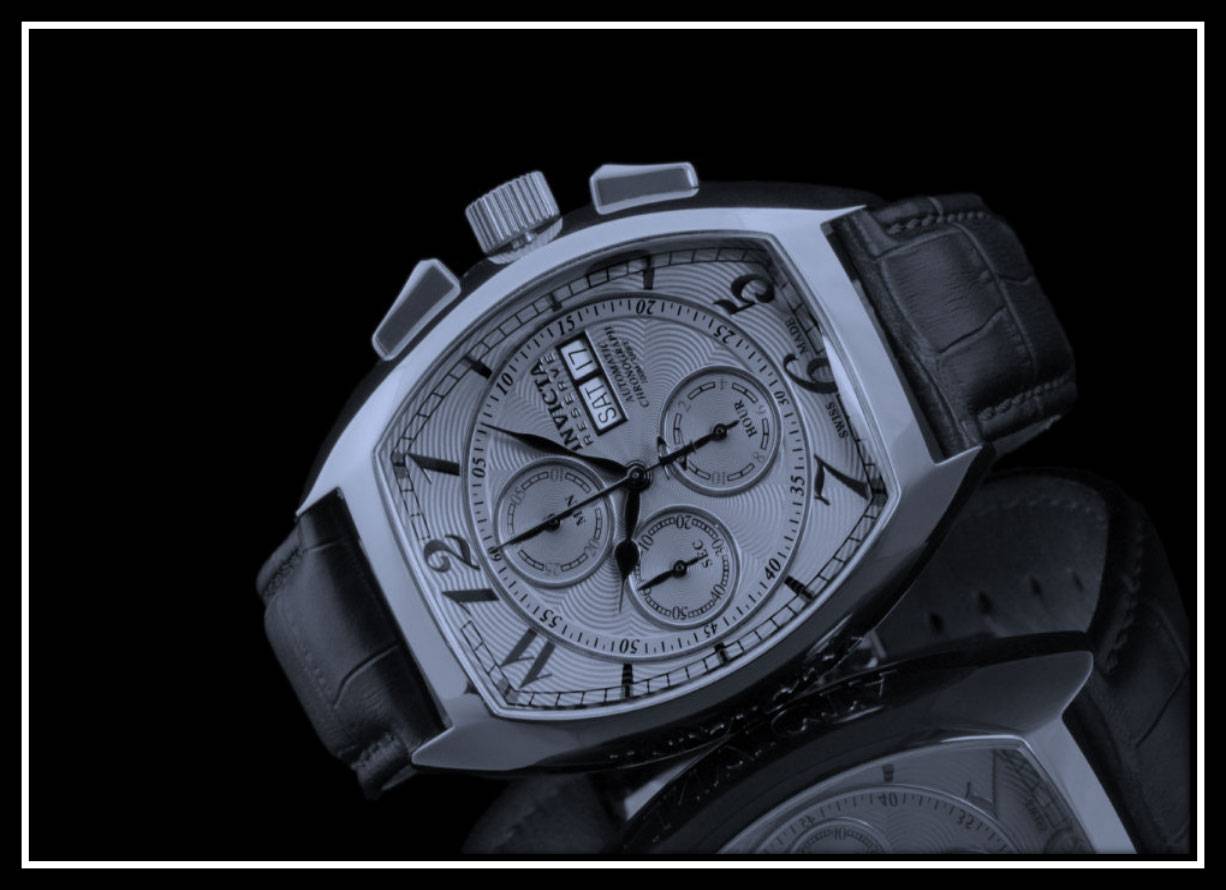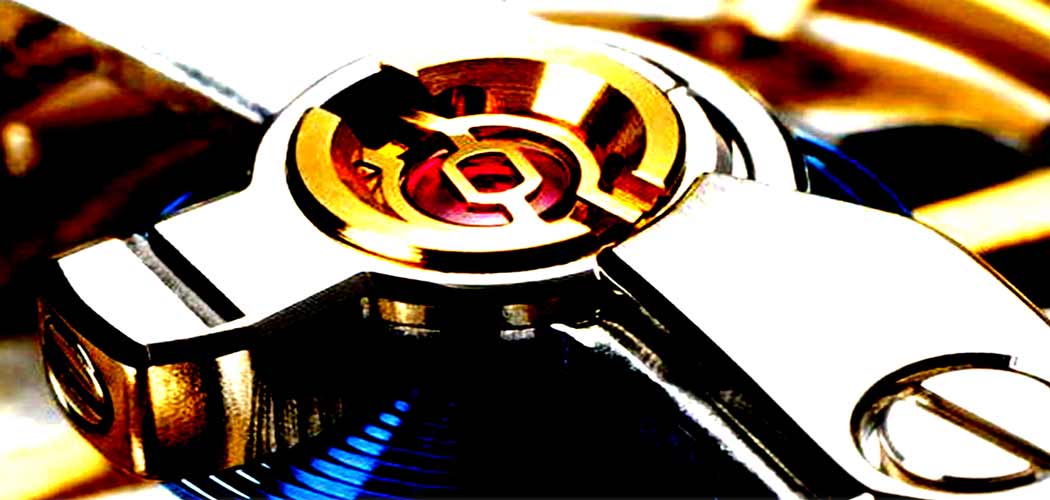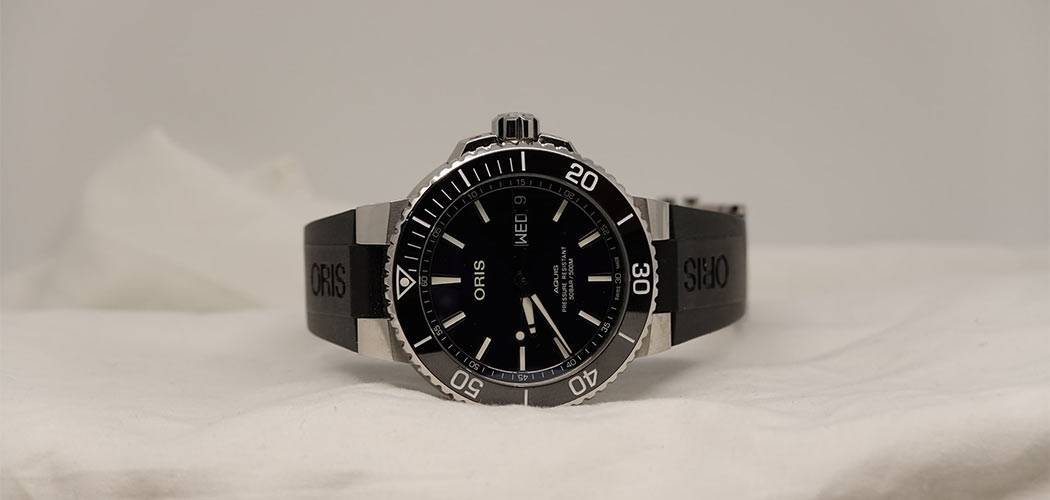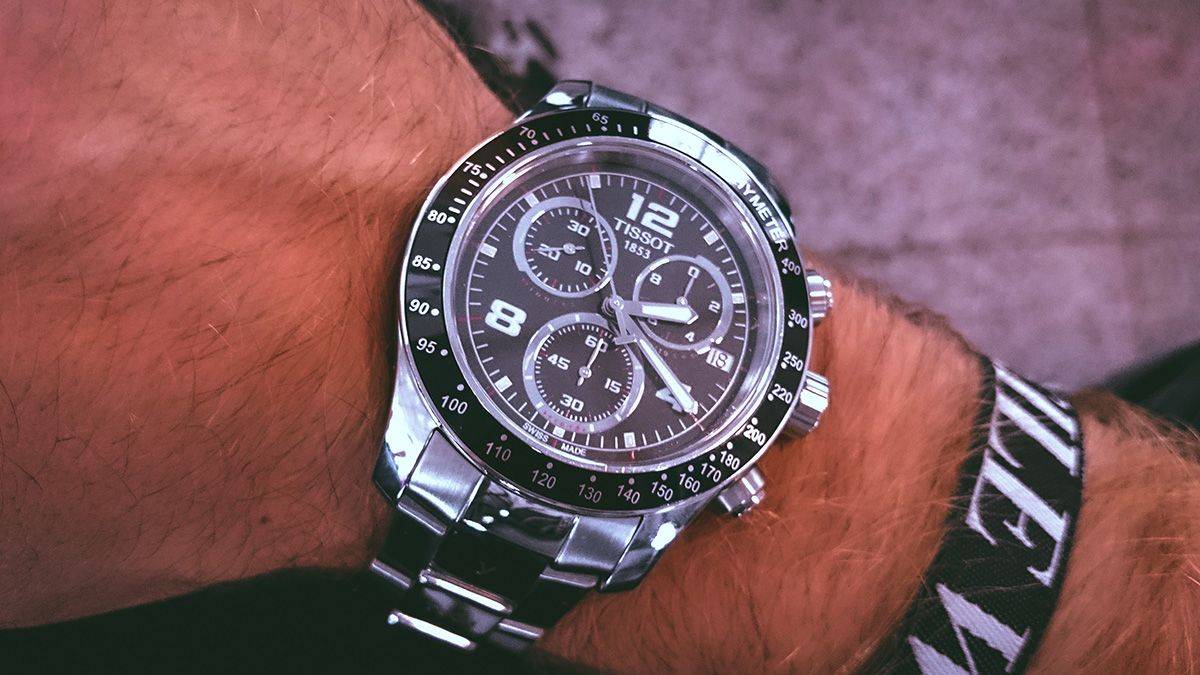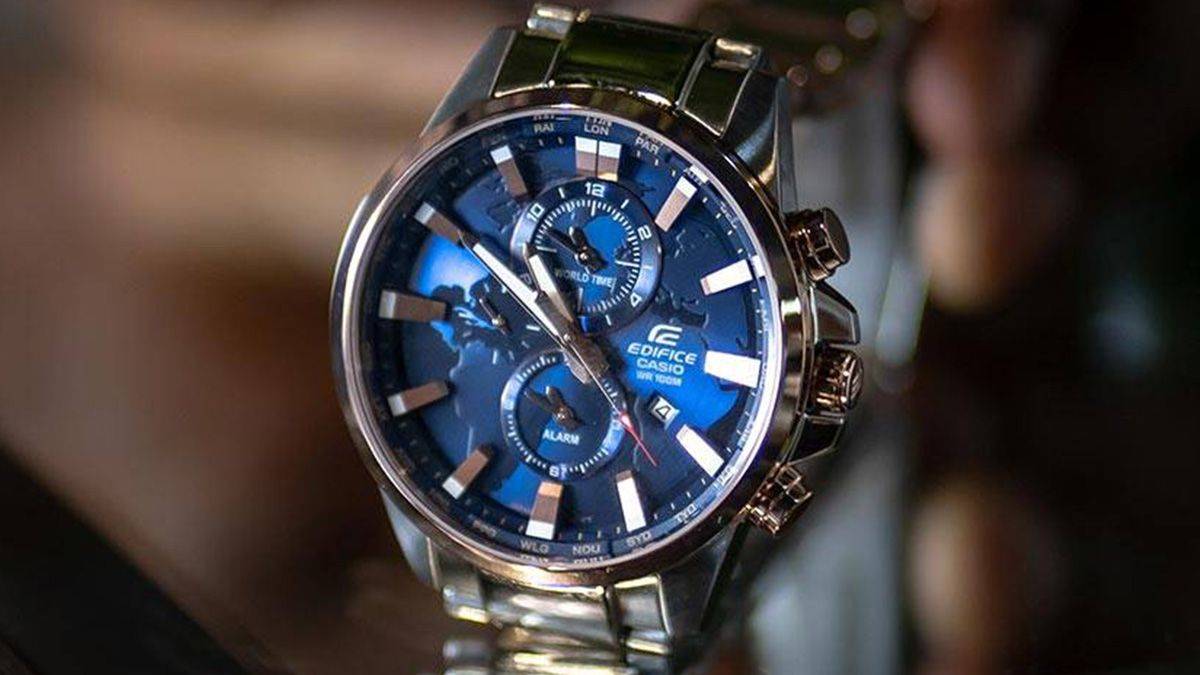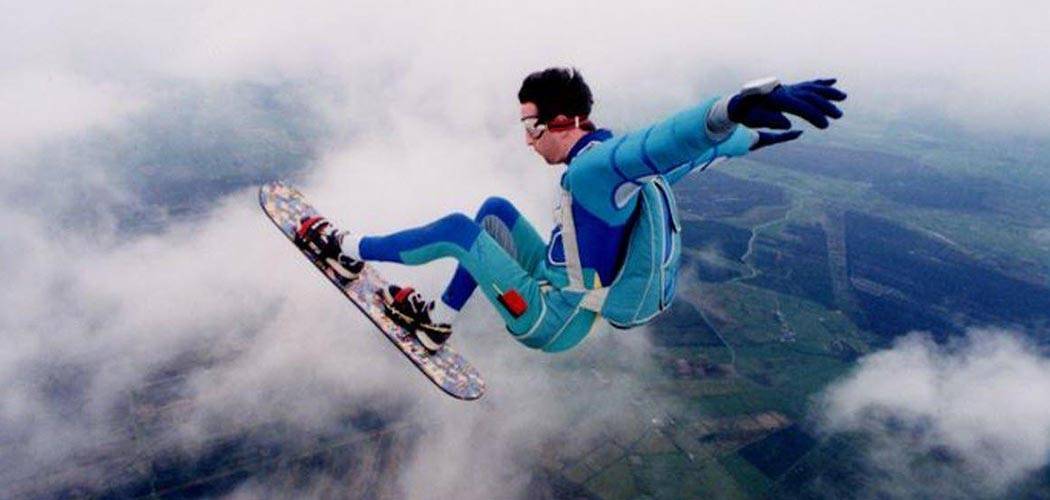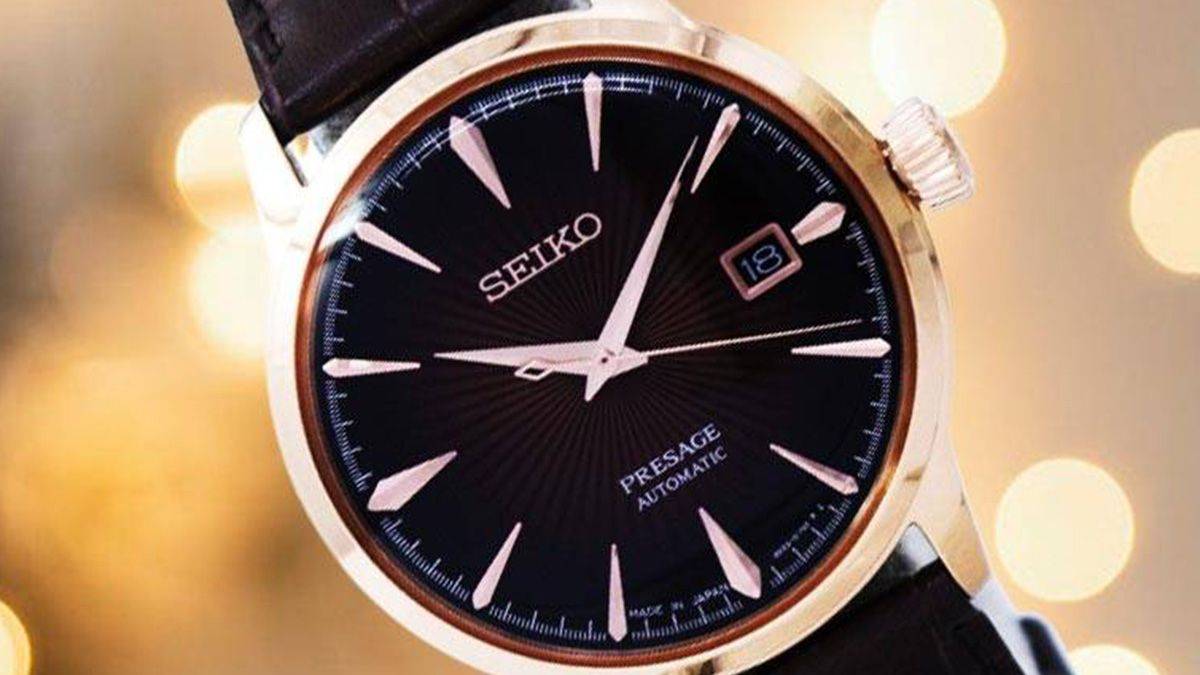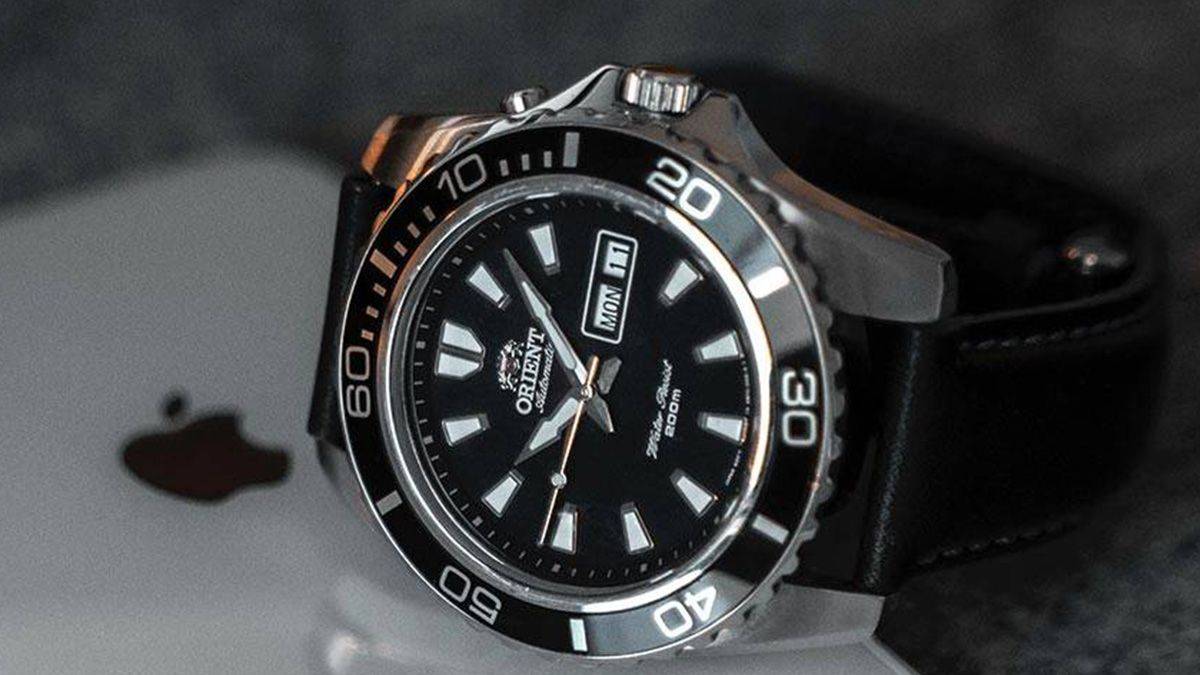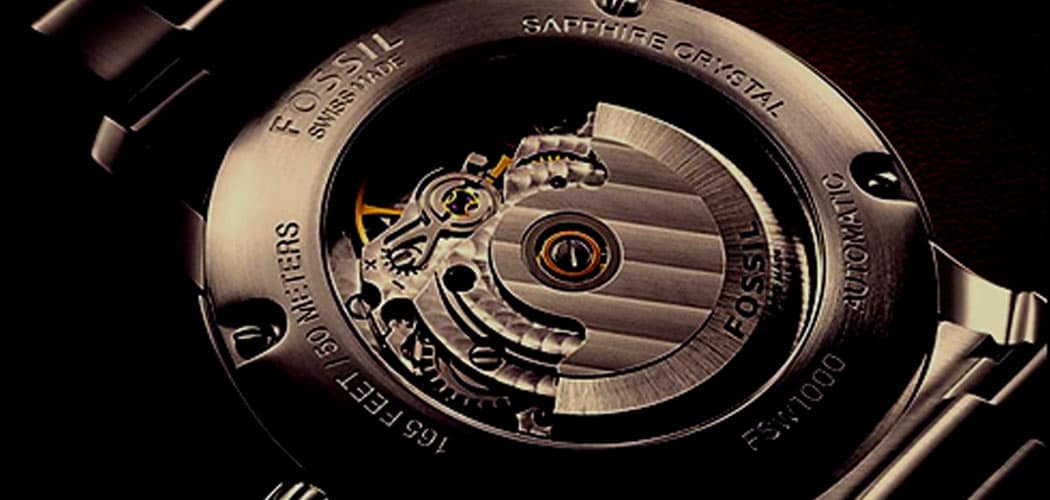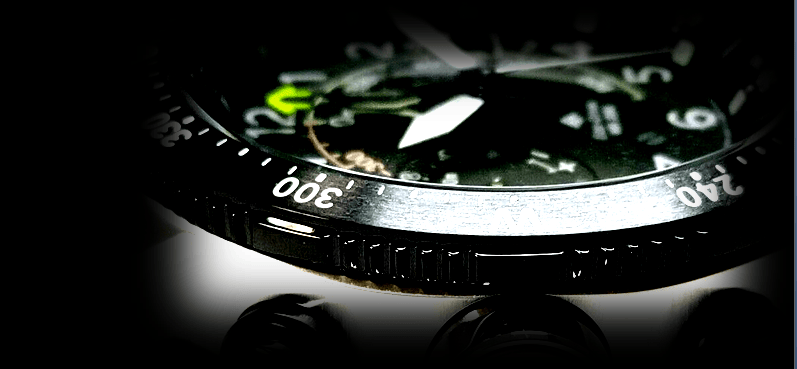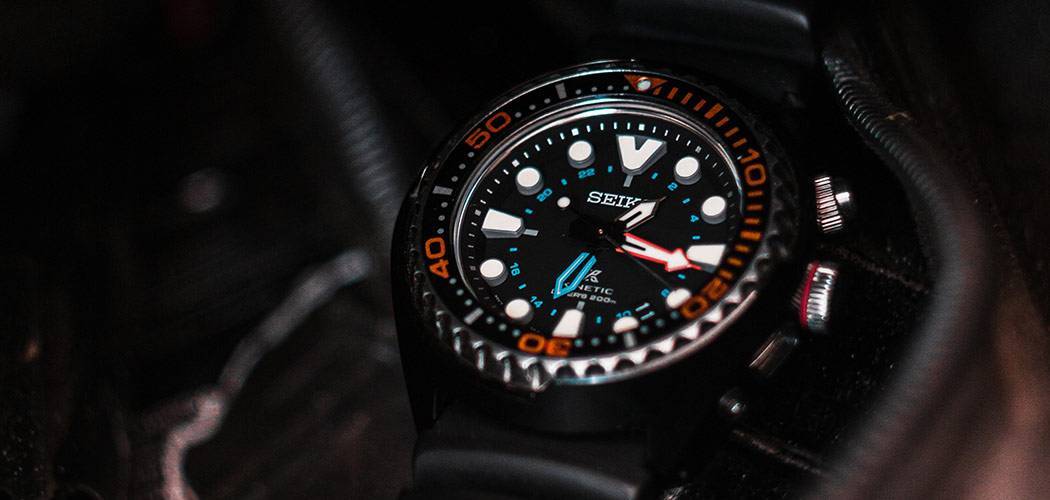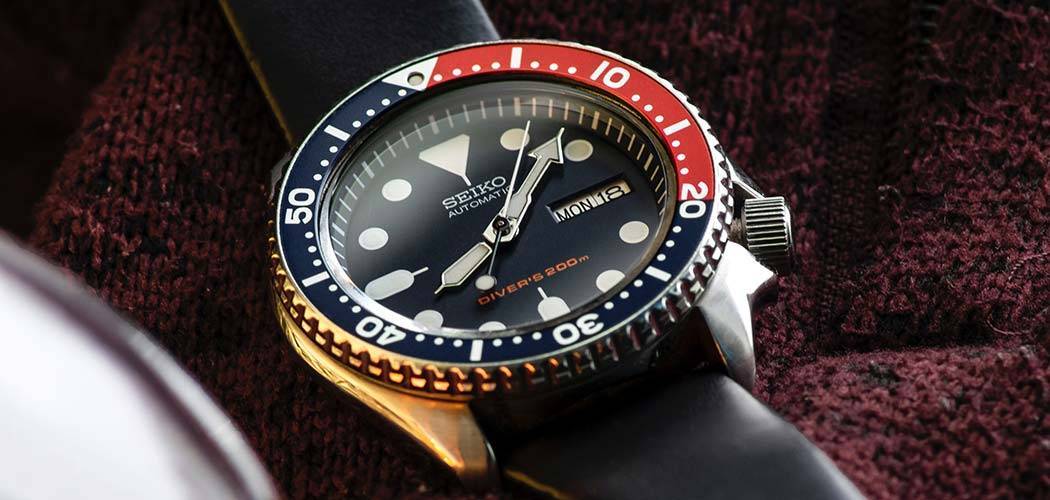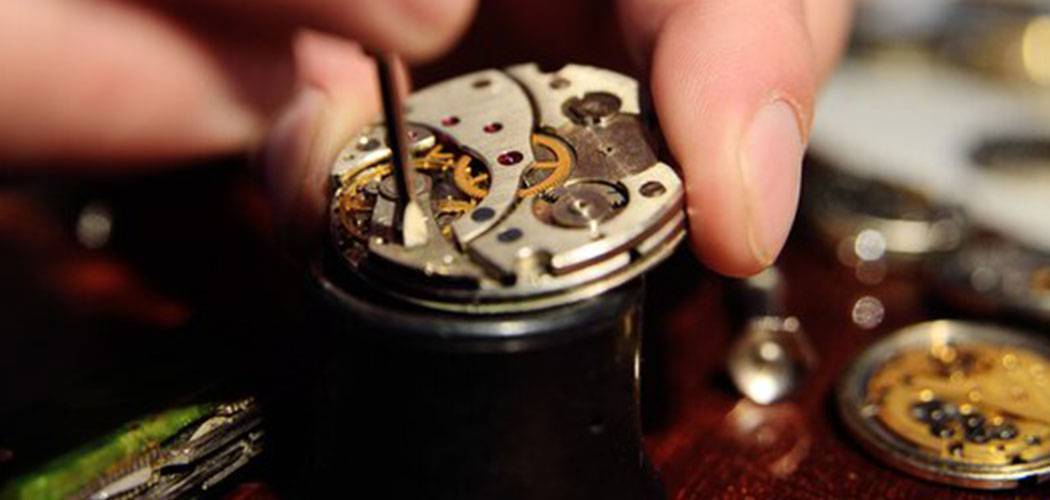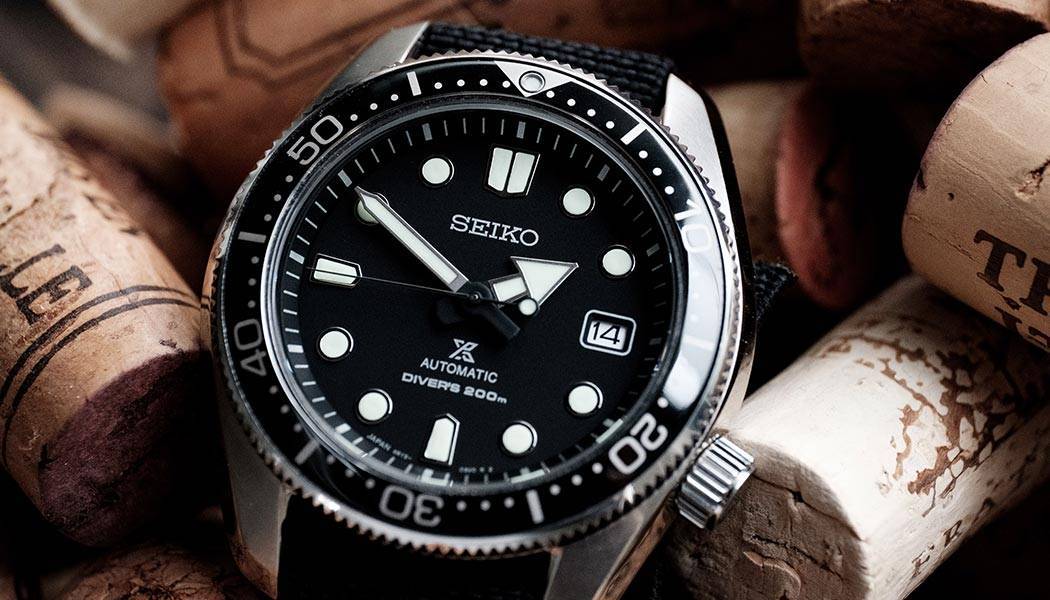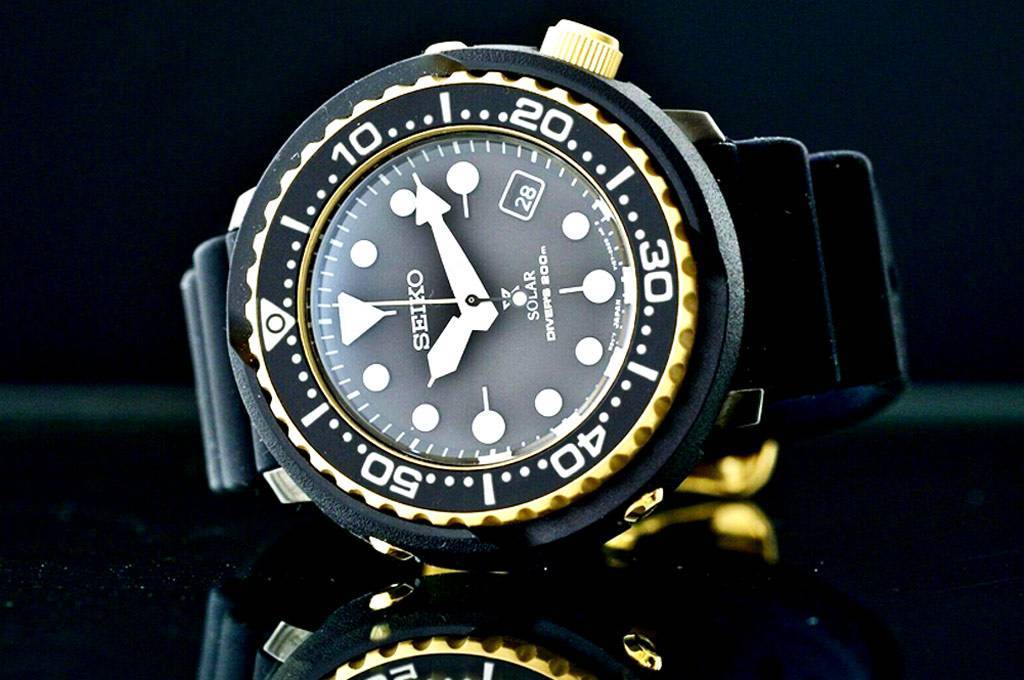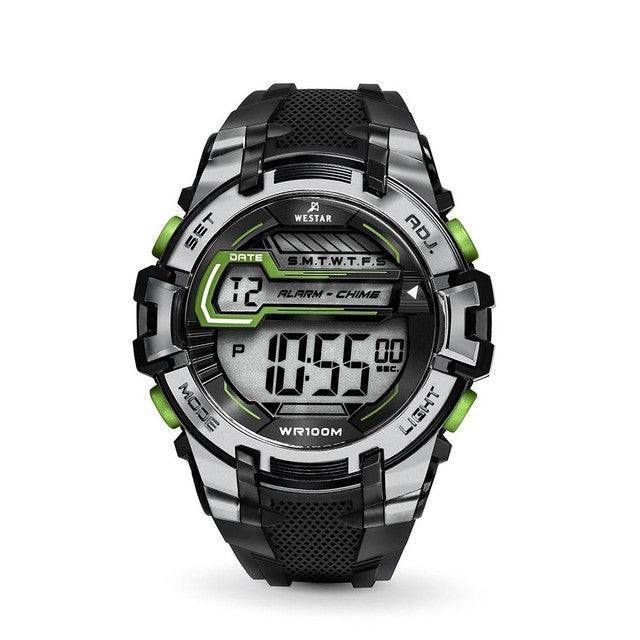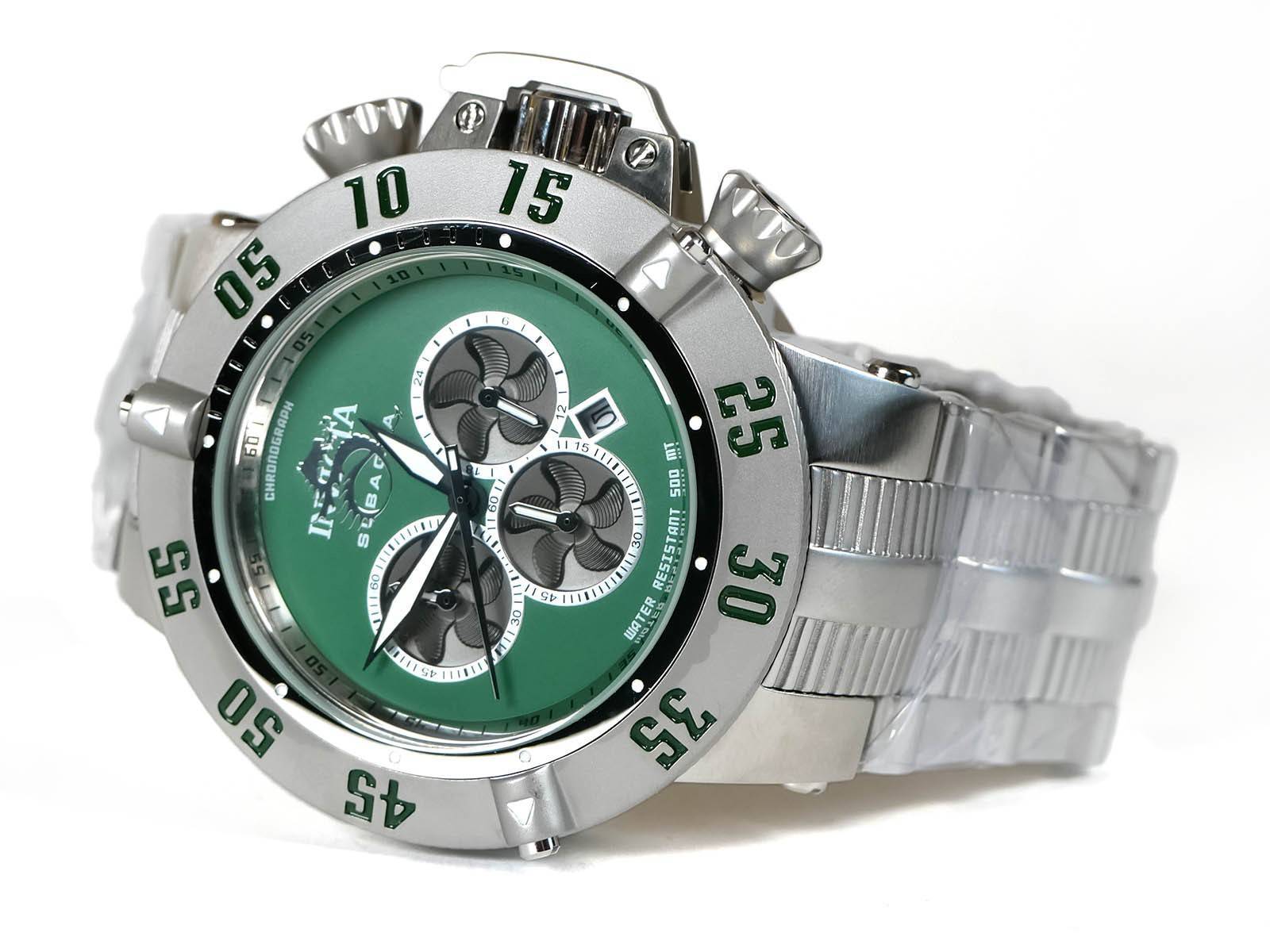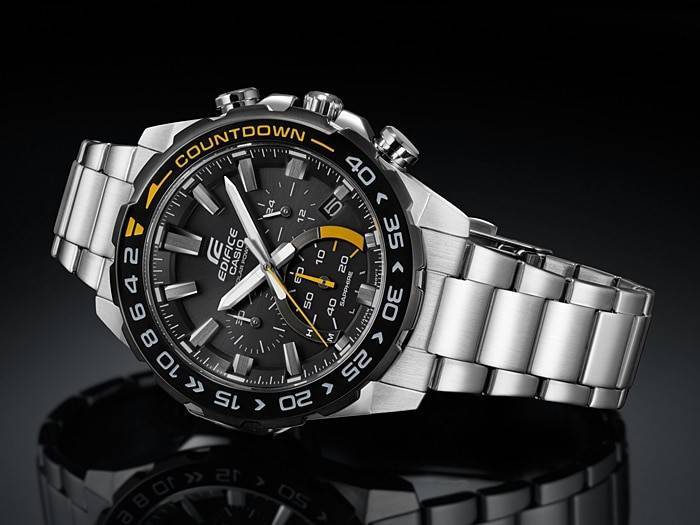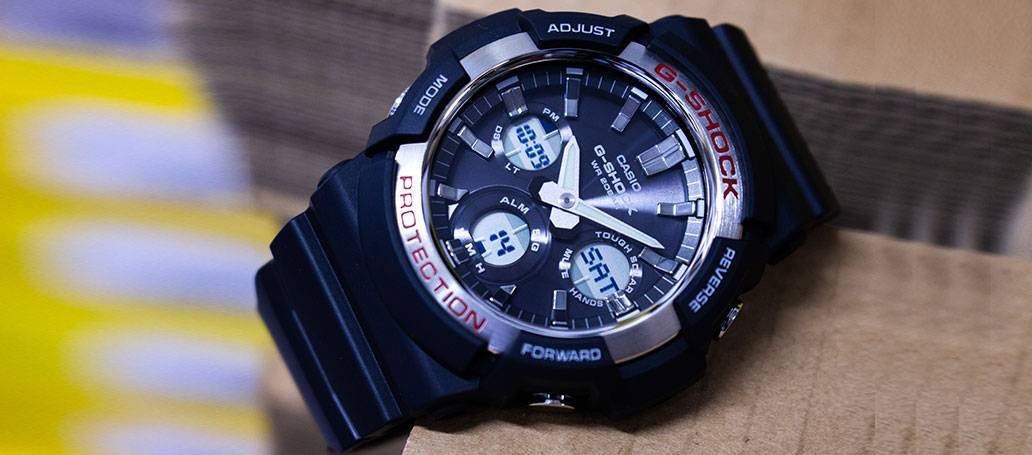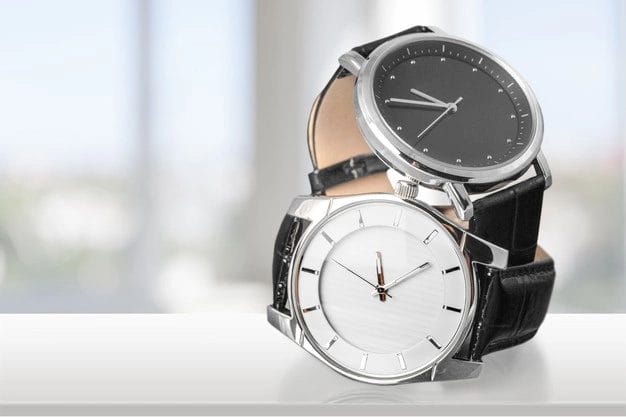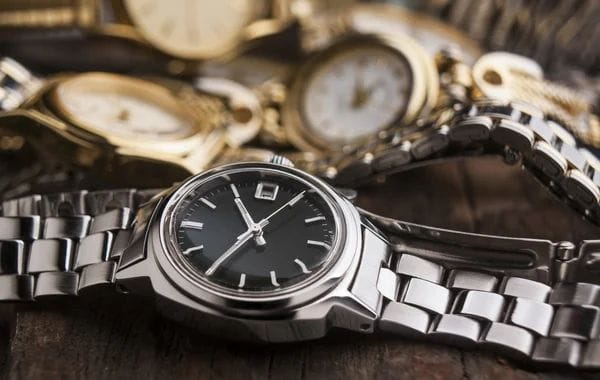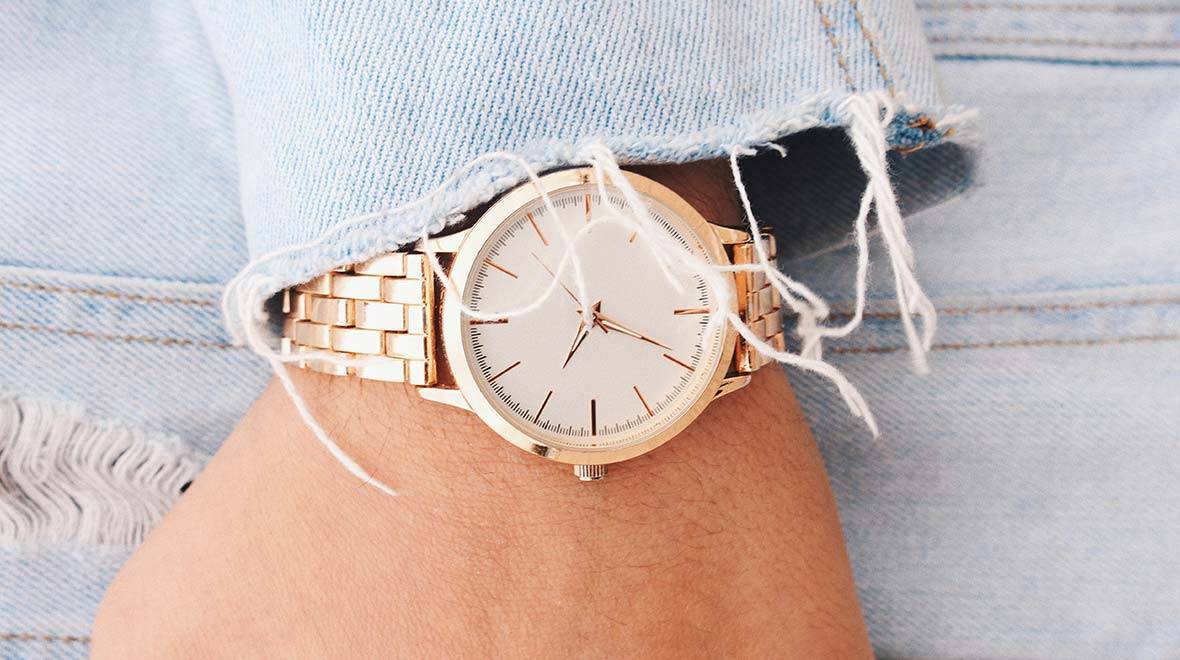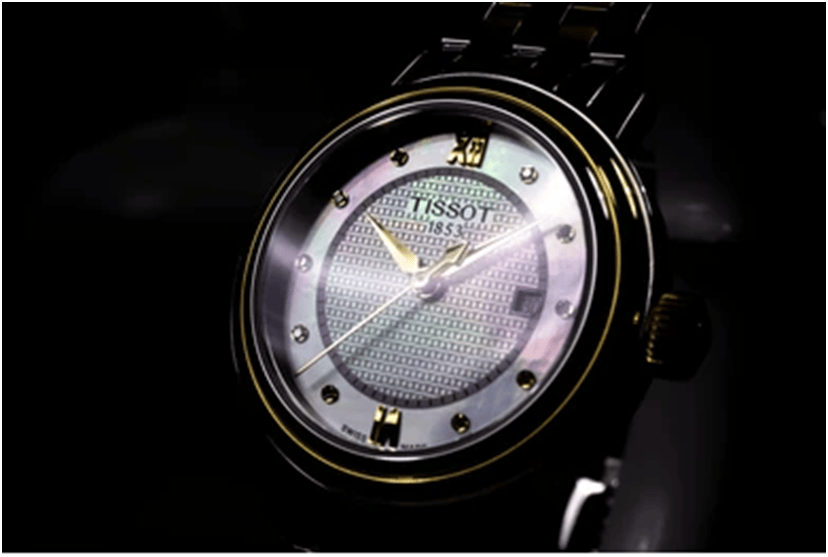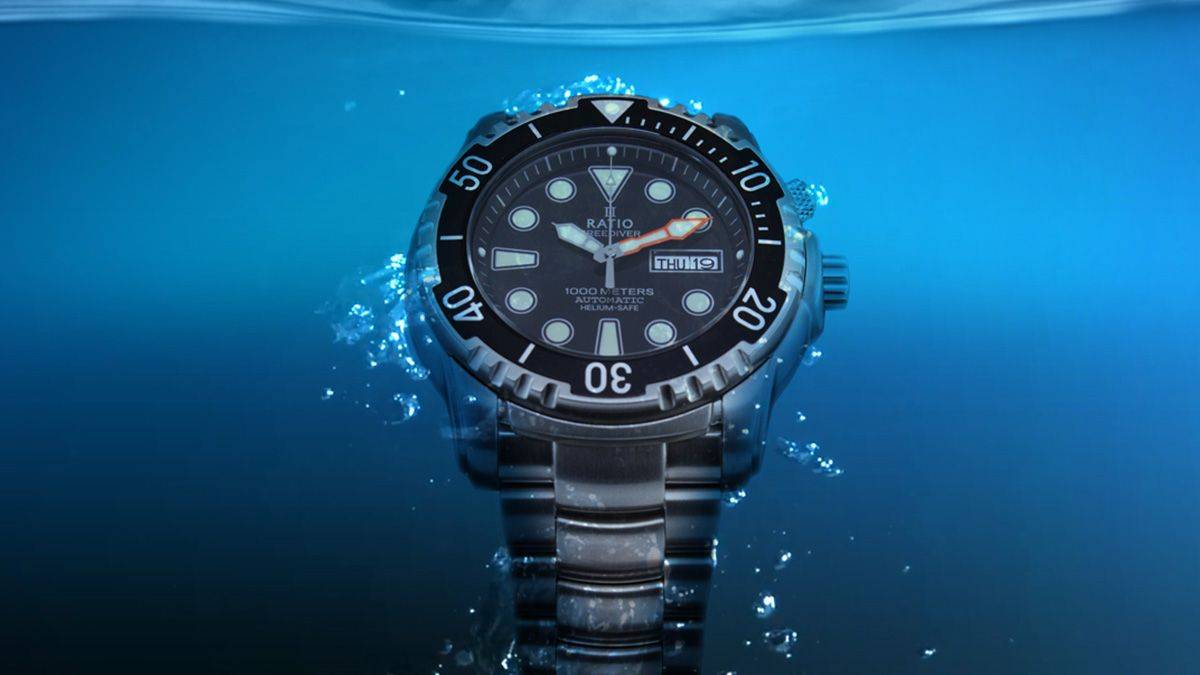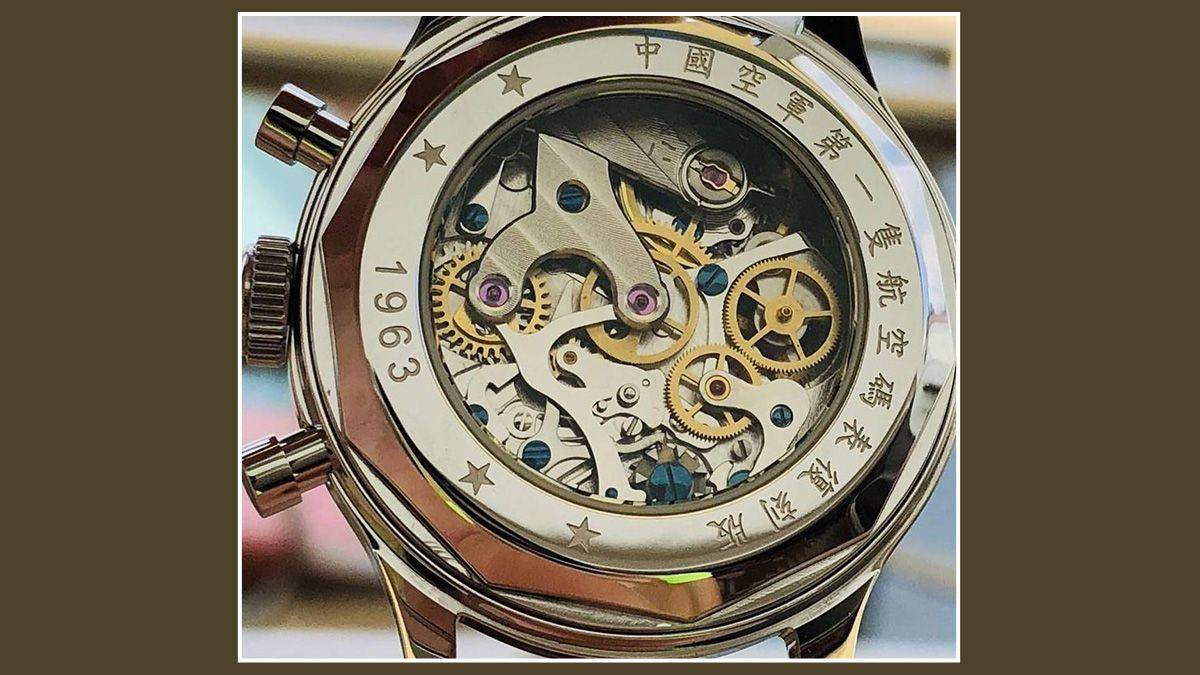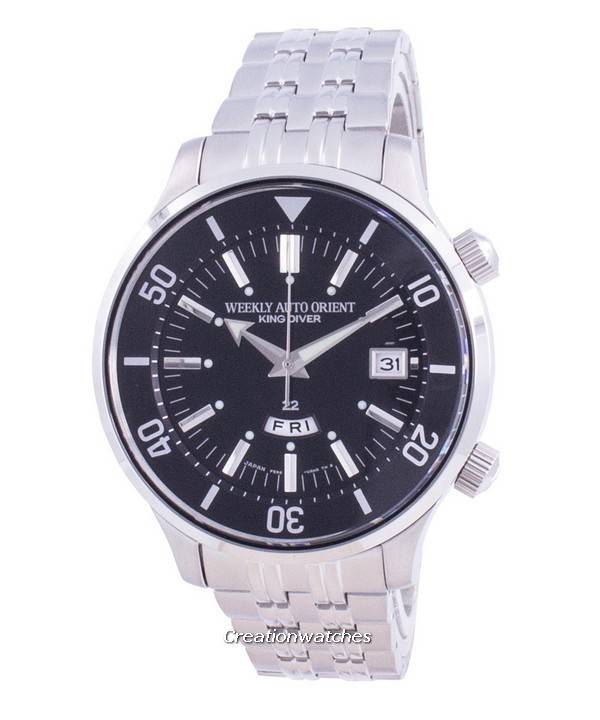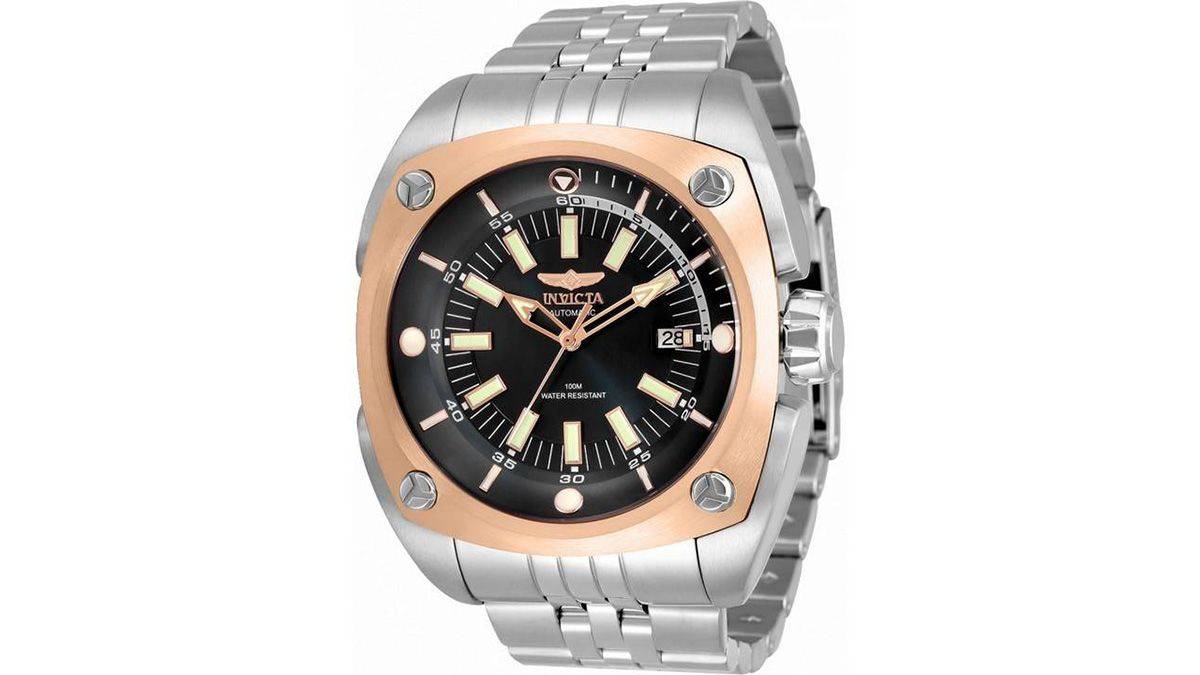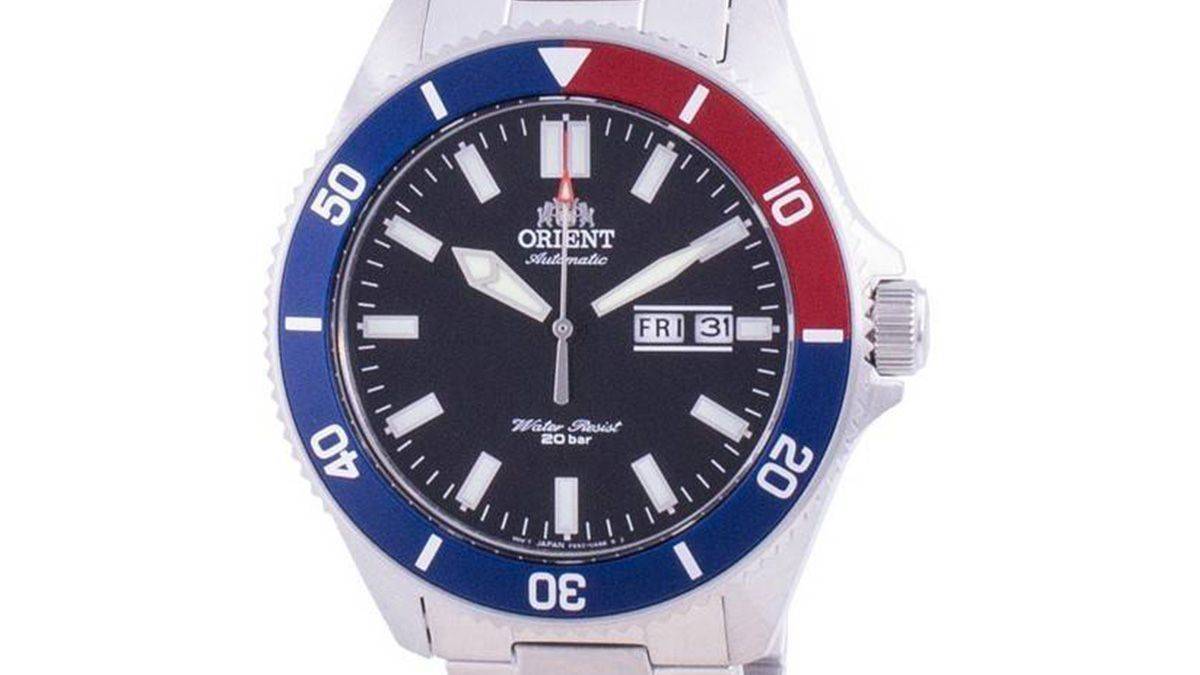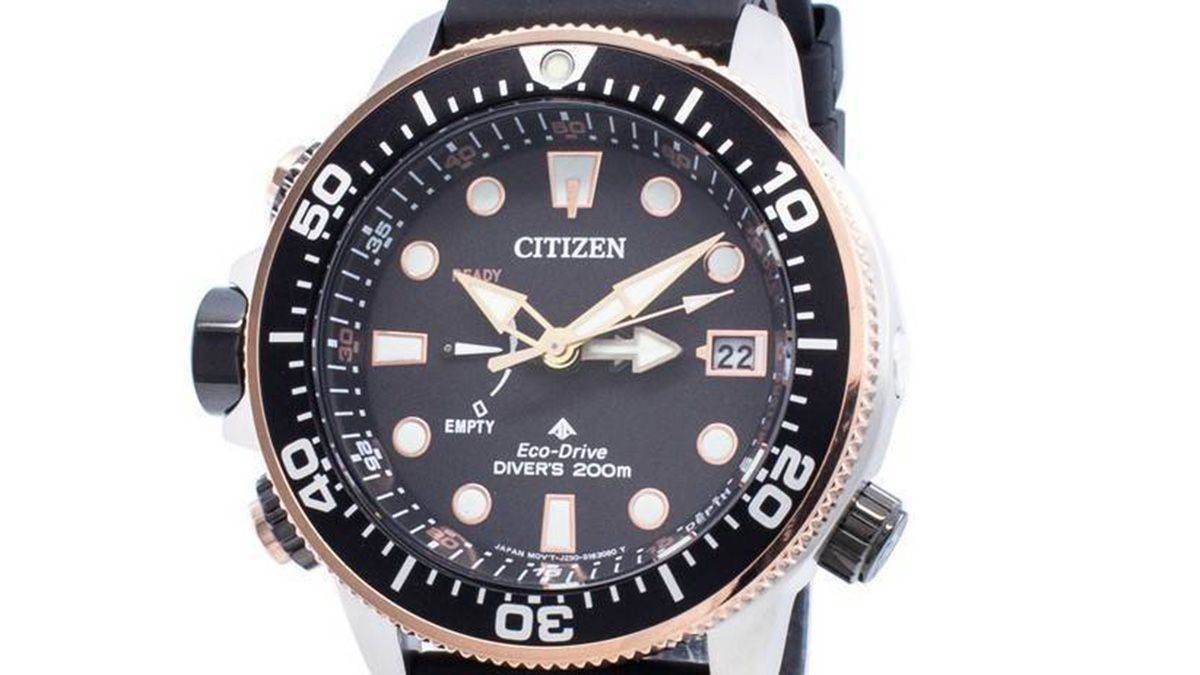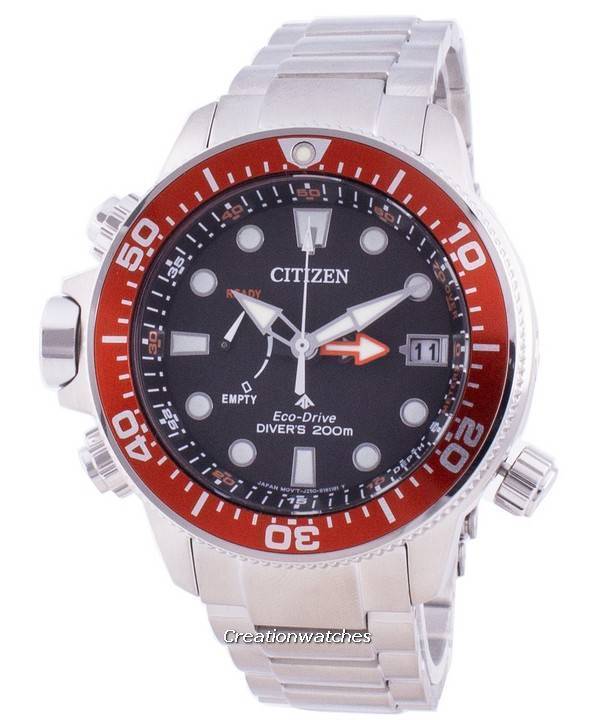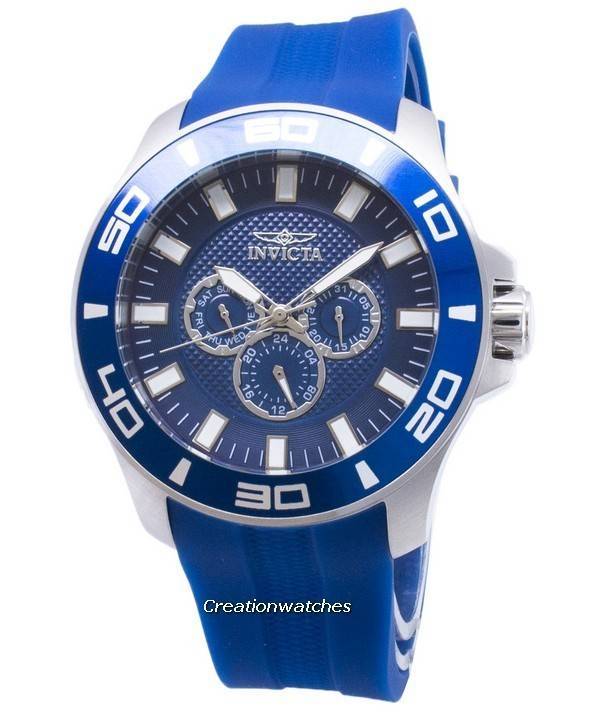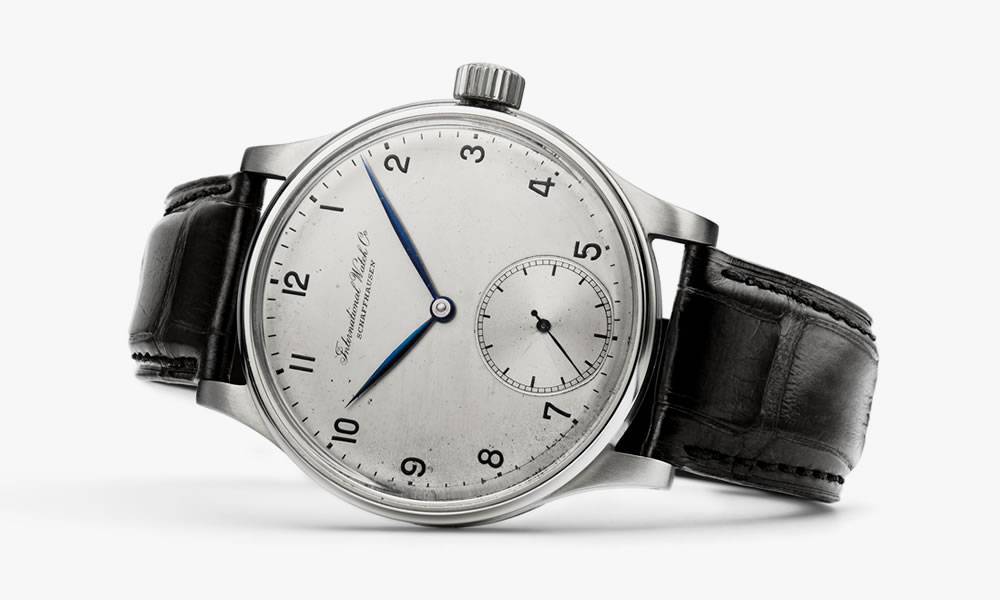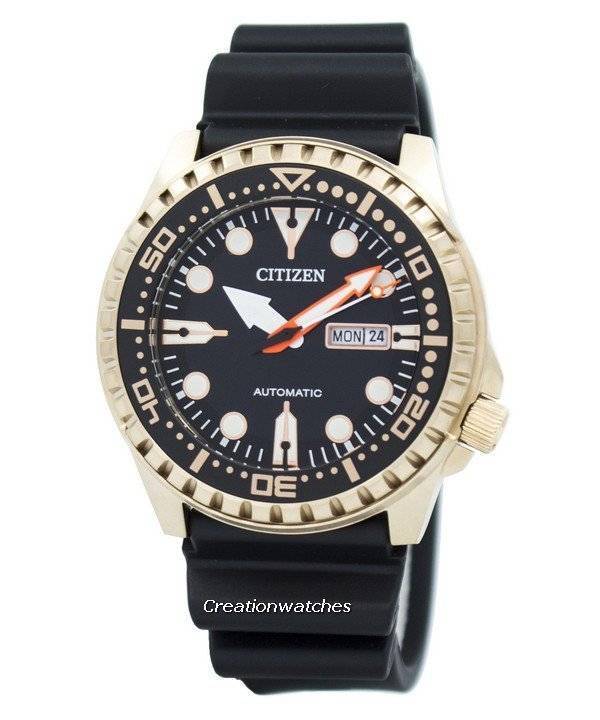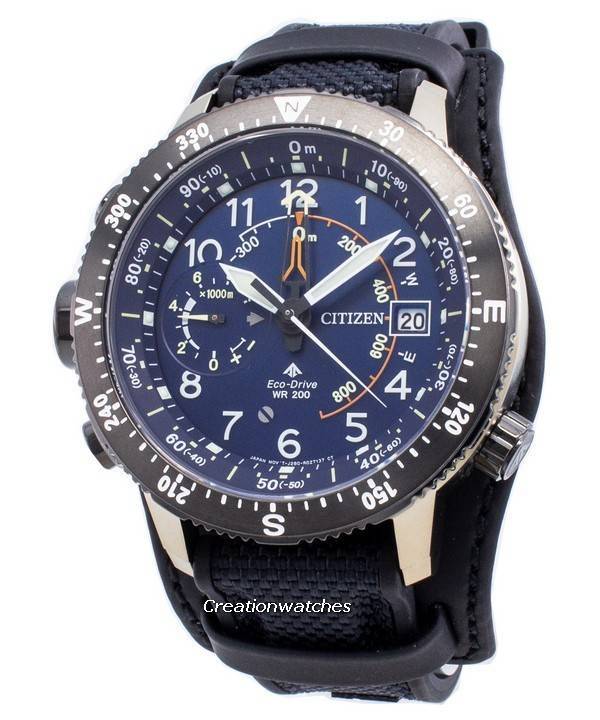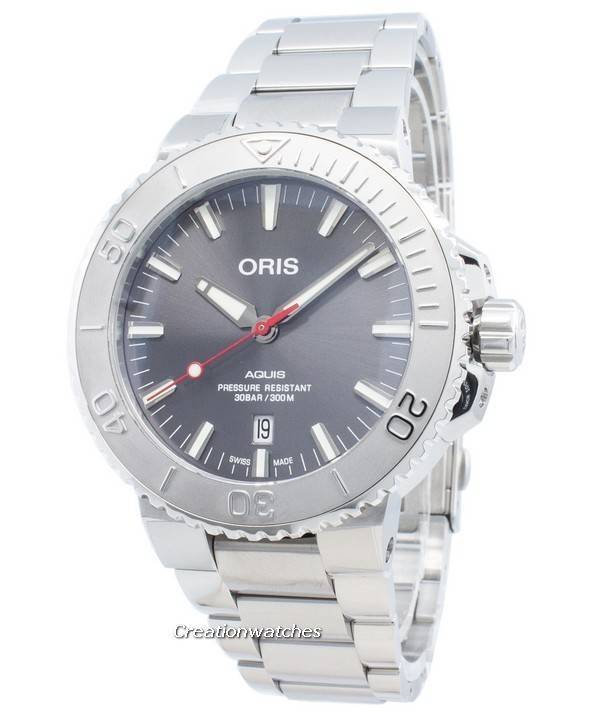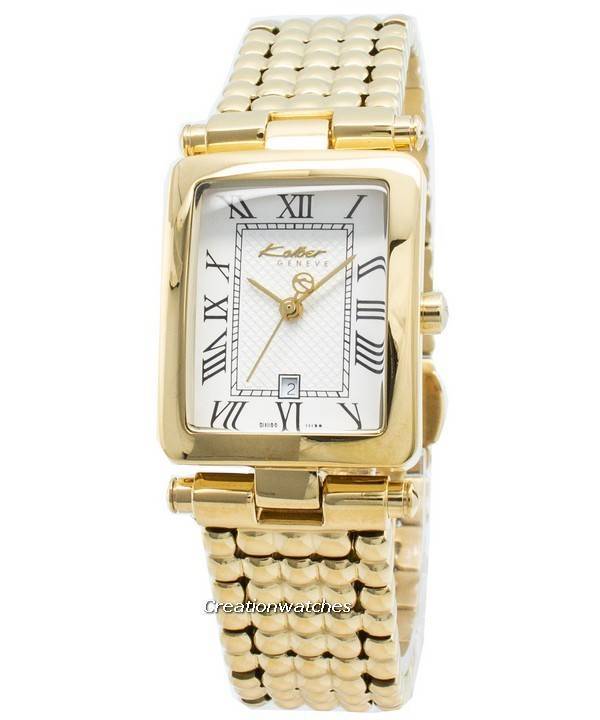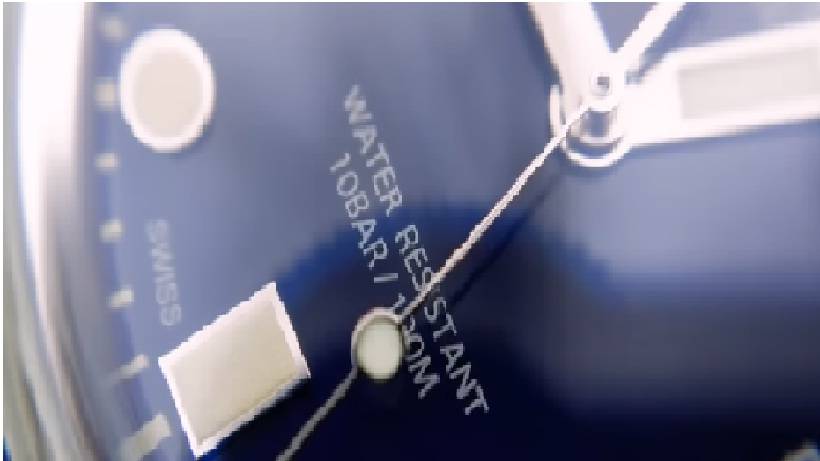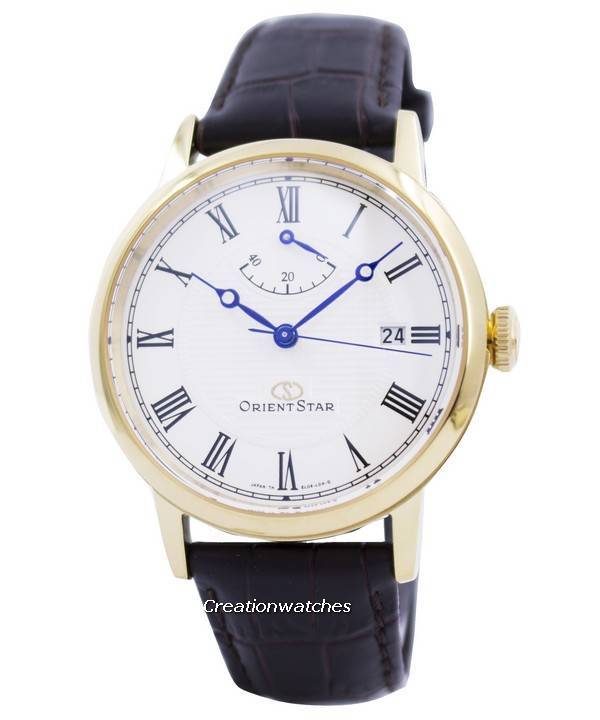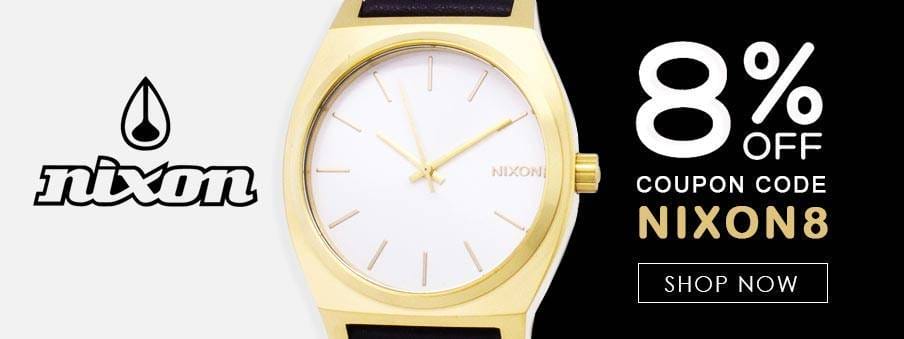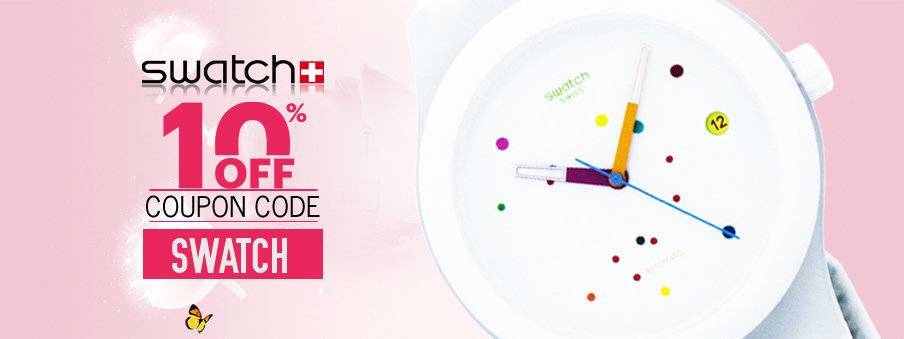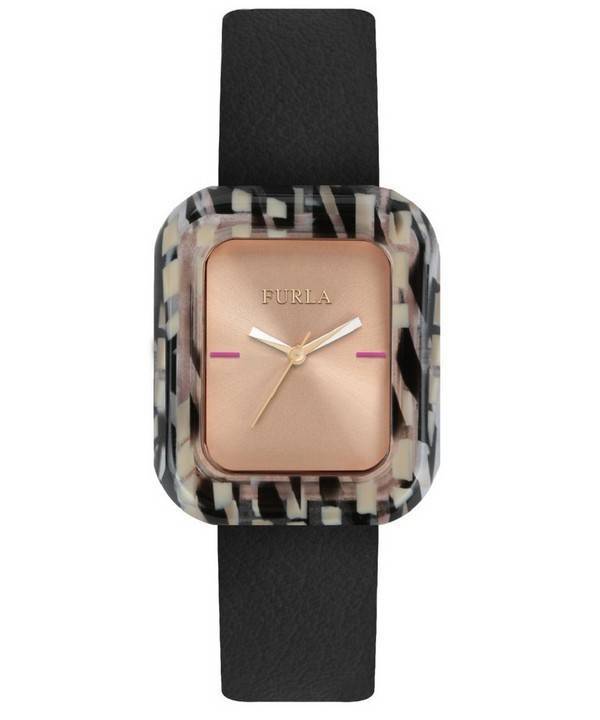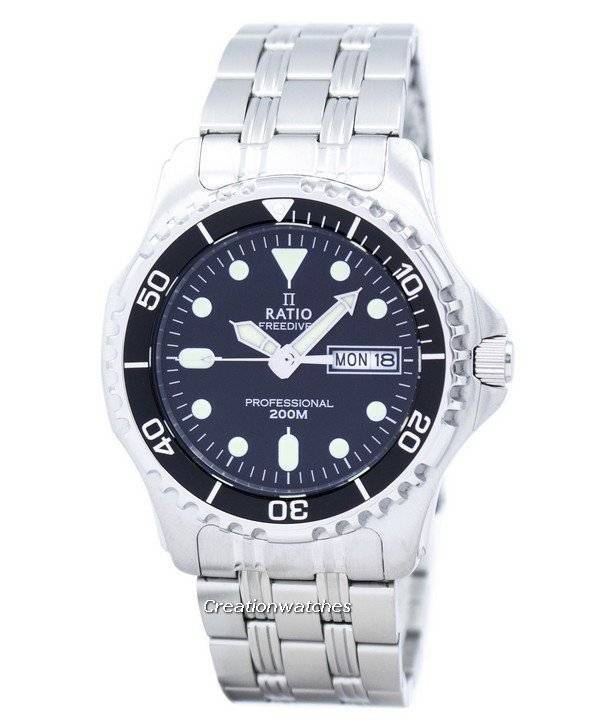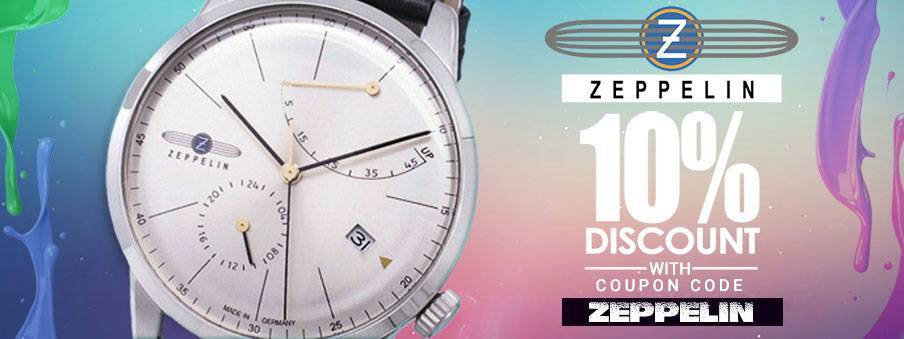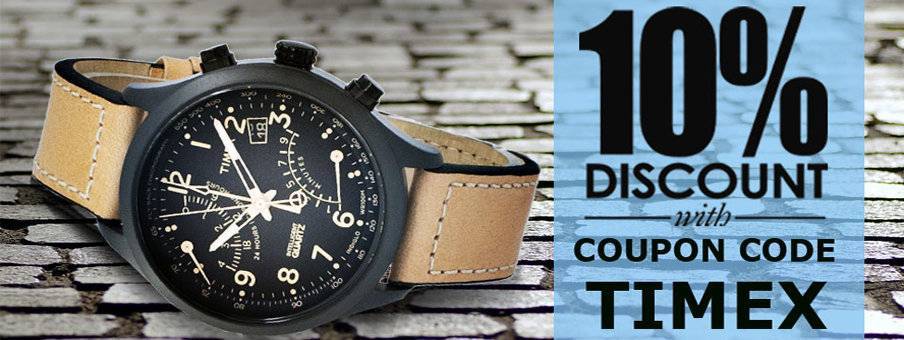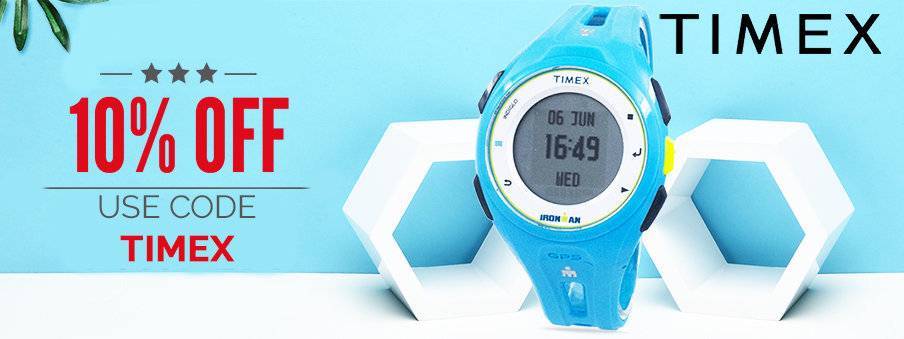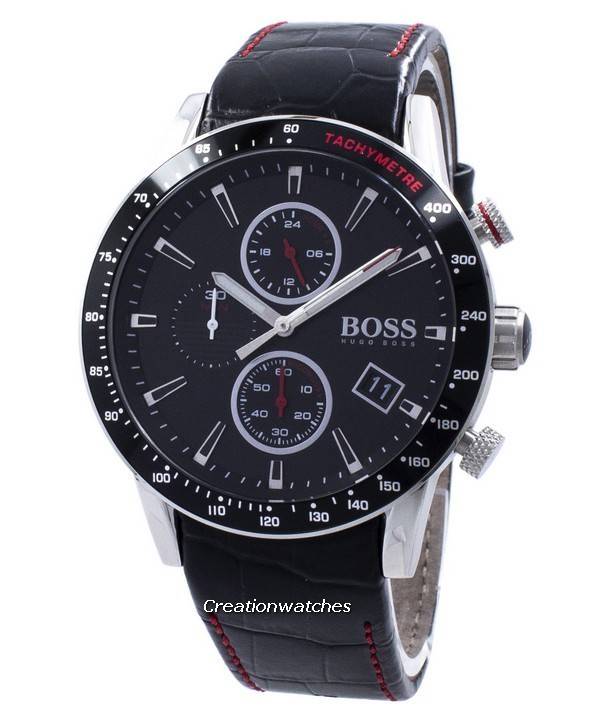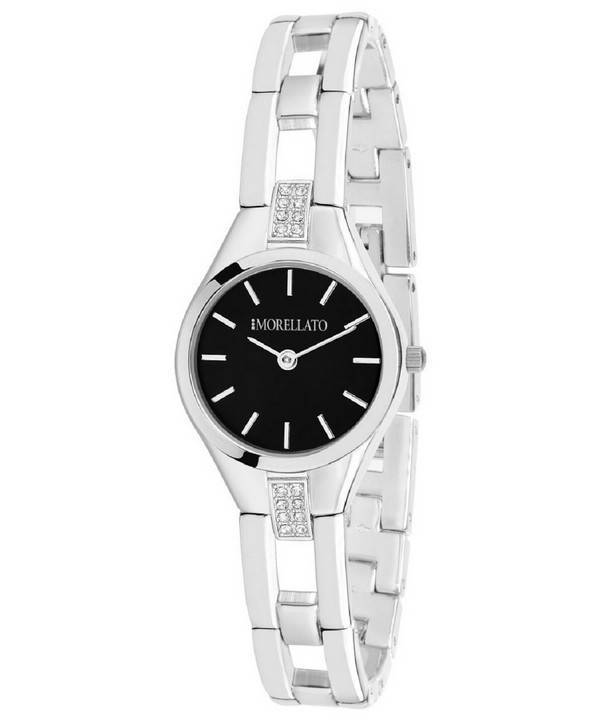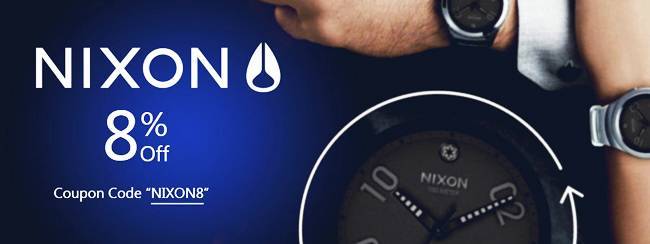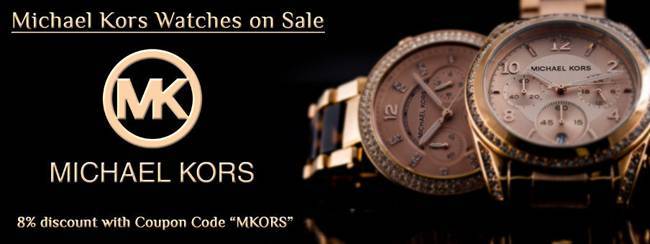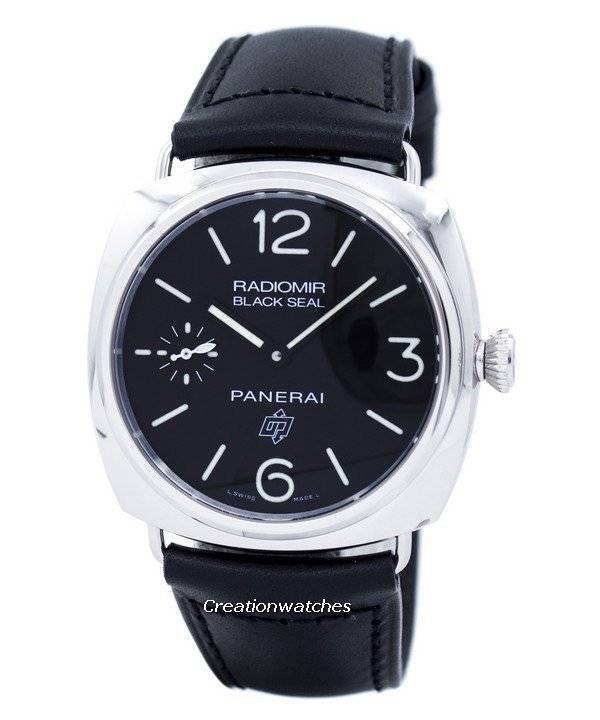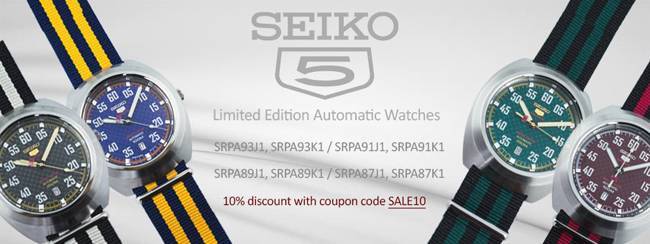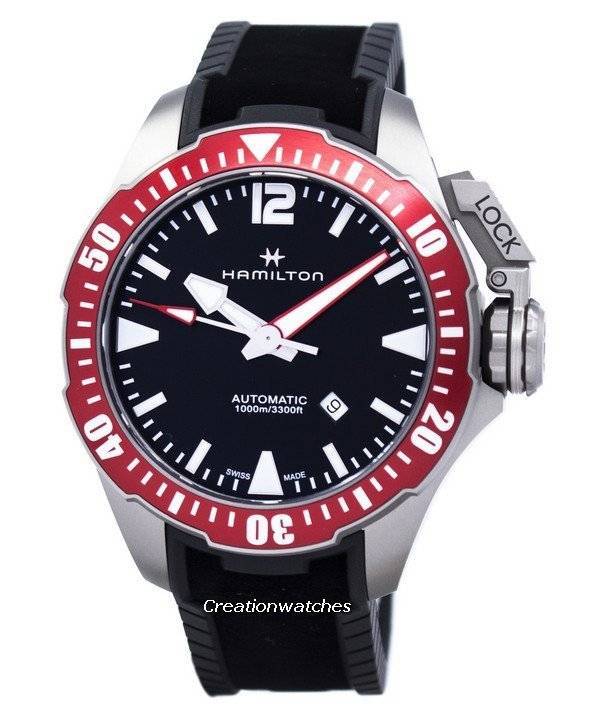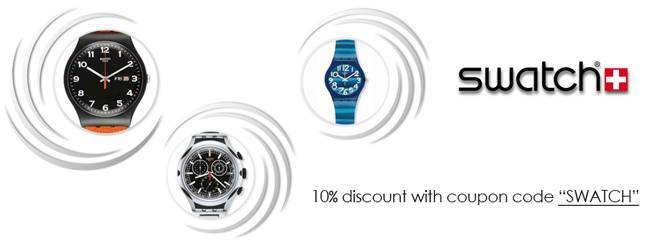
- May 22, 2023
- Watch Gonzo
- 0
When it comes to diving watches and underwater exploration, having a reliable and functional timepiece is essential. Diver watches are not only a necessity for divers but have also become a fashion statement worn by those who appreciate the unique features and aesthetics of these timepieces.
Diving watches have become one of the most popular watch categories for everyone, from ardent watch collectors to watch newbies. It is important to ask why? Why would common people want a watch that was once intended to be a tool in the dark depths of the ocean? The popularity of diving watches can be attributed to several factors, including their over-engineered and robust built, which makes them rugged enough for everyday wear. Since divers need to read their watches underwater, dive watches tend to have some of the most streamlined dial designs. There’s also something cool about dive watches, from Seiko SKX in All Is Lost to Ben Affleck’s Rolex DeepSea Sea-Dweller in Argo to the military watches worn by Navy SEALs.
In this article, we will explore what makes Diver watches so popular, from their robustness and water resistance to their design and style. Whether you are a diving enthusiast or a watch lover, you will discover why these timepieces have captured the hearts of so many people around the world.
What is a Diver Watch?
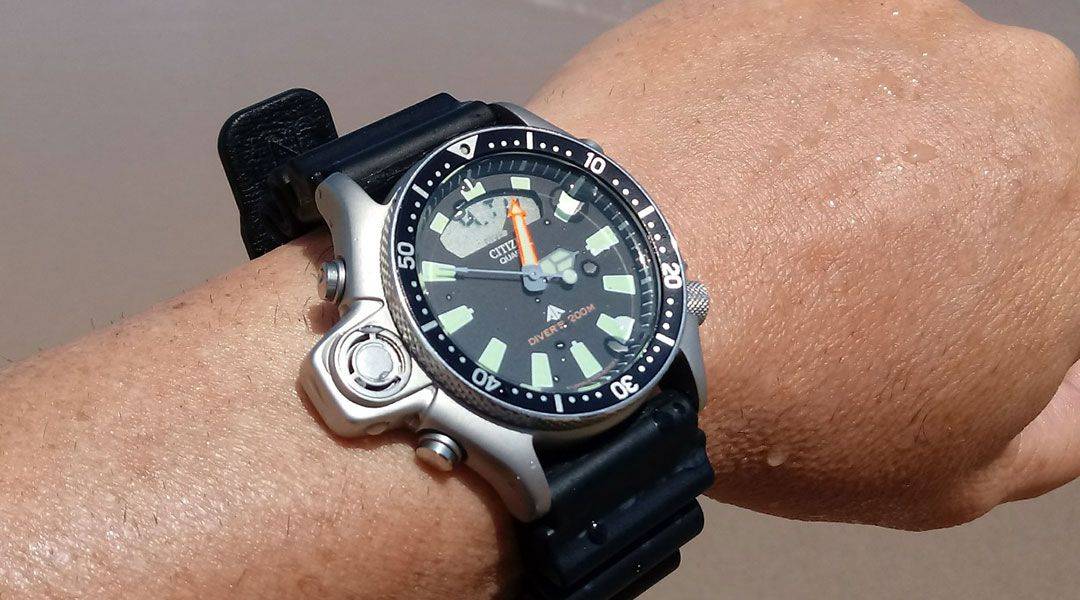
Diver watches are more than just timepieces. It is a powerful tool that helps you explore the depths of the ocean with precision and accuracy. Designed to withstand the extreme conditions of deep-sea diving, a diver watch is built with features such as a water-resistant casing, a rotating bezel for tracking elapsed time, and luminous hands and markers for enhanced visibility in low-light environments. Its rugged construction makes it a reliable underwater companion.
Diver watches are not just ordinary timepieces – they are also symbols of adventure and gateways to the underwater world for all divers, whether they are professionals or just people who enjoy exploring the great depths. Yet, it’s not just its functionality that sets a diver watch apart. With its stylish design and iconic look, it has become a symbol of exploration and adventure, capturing the spirit of those who push the limits.
How did they come into existence?
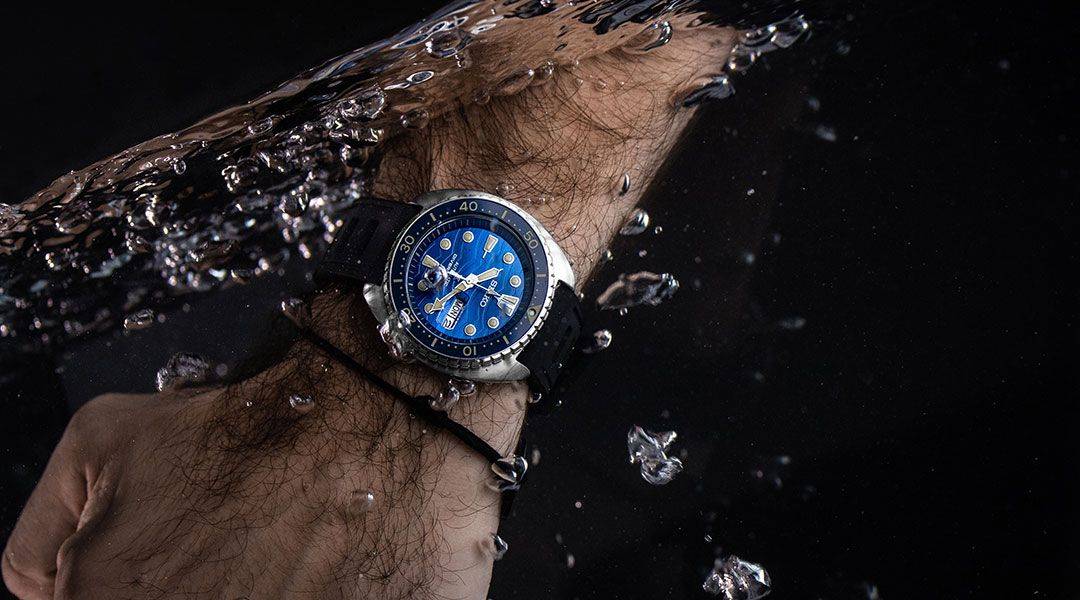
Diver watches have a rich and fascinating history dating back to the 1920s. Early divers relied on simple waterproof watches to time their dives, but these watches weren’t reliable and couldn’t stand up to the harsh conditions of deep-sea diving. In response to this, watchmakers began developing specialized watches that could withstand the extreme pressures and depths of deep-sea diving. The first true Diver’s watch was introduced in the 1950s by Rolex, which was followed by other renowned watch brands such as Omega, Blancpain, and Seiko. These watches were designed with features such as water resistance, luminescent dials, and unidirectional bezels to ensure maximum visibility and accuracy underwater. Today, diver watches are not only essential tools for professional divers, but they have also become a popular style statement for watch enthusiasts around the world.
What Sets a Diver Watch Apart from the Competition?
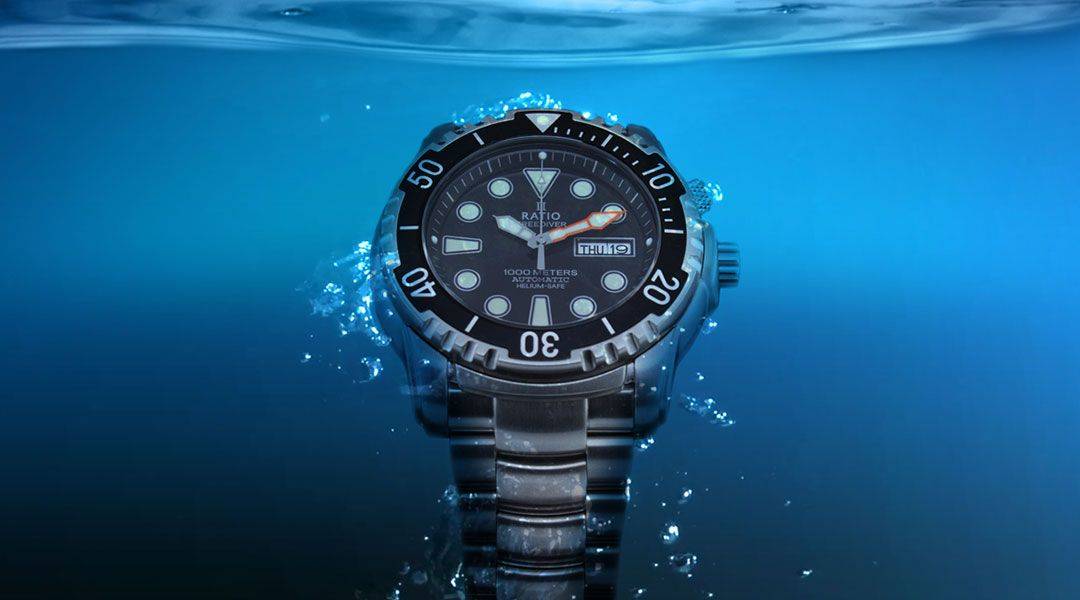
Diver watches are legendary for their durability and reliability. Water-resistant casings and screw-down crowns protect the internal mechanisms from saltwater and pressure, making them perfect for ocean depths. Additionally, they are equipped with luminous markers and hands that make it easy for divers to read the time, even in murky waters. The unidirectional rotating bezel allows divers to keep track of their remaining oxygen supply and decompression times accurately. The straps are typically made from durable materials, such as rubber or stainless steel, that can withstand prolonged exposure to saltwater and the harsh sun. Diver’s watches are, in short, more than just a gizmo or a timepiece; they are a reliable and indispensable tool for those who are ready to explore the depths of the ocean and discover its secrets.
How to Use a Diver Watch?
Diver watches, although initially difficult to use, are a vital tool for anyone who enjoys exploring the underwater world. Here are some tips on how to use a diver watch:
- Before using your watch for diving, make sure it is rated for the depths you plan to dive. A good diver watch should have a water resistance rating of at least 200 meters.
- To use the watch as a timing device for dives, set the bezel to the current time and align the marker with the minute hand. This allows you to track elapsed time underwater.
- Diver watches often come with luminous markers or backlight features for easy readability in low-light conditions. Familiarize yourself with these features before your dive.
- Some Diver watches come equipped with depth gauges and dive computer features, which can be useful for tracking your dive profile and ensuring safe ascent times.
- It’s essential to keep your Diver watch properly maintained to ensure accuracy and longevity. Rinse it with fresh water after each dive, and have it serviced regularly by a professional.
In general, diver watches are a vital tool for anyone who is serious about exploring the underwater world. In the right hands and with the proper care, you can rely on it to provide accurate timing and relevant information for a safe and enjoyable diving experience.
Who Should Buy a Diver Watch & Why?
For many people who enjoy water sports, divers, swimmers, etc., a diver’s watch is seen to be the perfect option as it is built to withstand the rigors of underwater activities. If you are an avid diver, you should invest in a diver’s watch to ensure accurate and reliable timekeeping during your underwater adventures. Additionally, if you are someone who values durability and functionality in your timepiece, a diver’s watch may be a wise choice, even if you don’t plan on diving. The watch’s robust construction and versatile design make it suitable for everyday wear, whether you are hiking, camping, or simply exploring the outdoors. With its combination of style, practicality, and durability, a diver’s watch is an excellent investment for anyone who loves adventure and wants a reliable timepiece that can keep up with their active lifestyle.
Chronograph vs Diver: Which is Better?
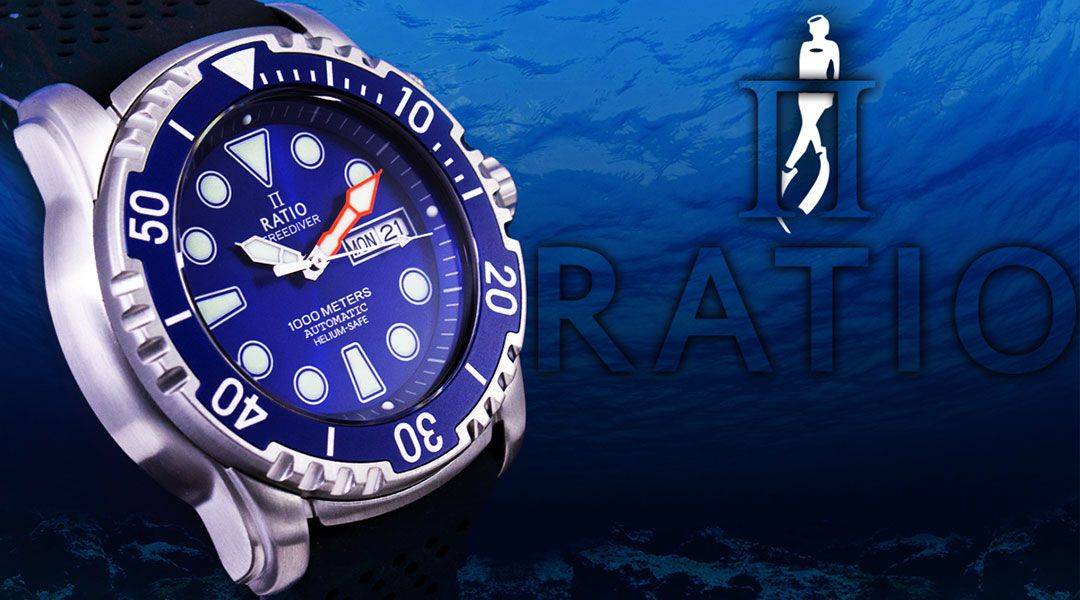
Chronographs and Diver watches are two types of watches that are designed for different purposes. While both types of watches may look similar, they have distinct features that make them suitable for specific activities. In this comparison, we will explore the differences between Chronographs and Diver watches and why Chronographs cannot be used underwater.
Chronographs are timepieces that have the ability to measure elapsed time in addition to telling time. They typically have one or more subdials on the watch face that can be used to track seconds, minutes, and hours. Chronographs are often used by athletes, pilots, and racecar drivers to time their performances. They can also be used for everyday activities like cooking, exercising, or tracking appointments.
On the other hand, Diver watches are designed specifically for underwater use. They are equipped with features like water resistance, unidirectional rotating bezels, and luminous dials for improved visibility in low-light conditions. Diver watches are essential for professional divers and underwater enthusiasts who need to keep track of their dive time and decompression stops.
When it comes to water resistance, Chronographs typically have a lower water resistance rating than Diver watches. This is because Chronographs are not designed to withstand the high pressure and prolonged exposure to water that Diver watches are built for. While some Chronographs may be water-resistant to a certain extent, they are not suitable for underwater use.
Furthermore, Chronographs are not equipped with features like unidirectional rotating bezels, which are critical for tracking dive time and ensuring the safety of divers. The bezel on a Diver watch can only rotate in one direction, which prevents accidental movement and ensures accurate tracking of elapsed time.
While both Chronograph and Diver watch have their unique features and uses, they are designed for different purposes. Chronographs are ideal for timing events and everyday activities, while Diver watches are essential for underwater activities. Therefore, if you need a watch for underwater activities, a dedicated Diver watch is undoubtedly the best option.
Your Questions Answered
A rotating bezel is a feature on the outer ring of the watch that can be turned in only one direction, usually counterclockwise, and has markings on it. These markings allow a diver to align the zero mark with the minute hand on the bezel. Watches made for diving have rotating bezels because they are an essential tool for divers to measure elapsed time accurately and safely during a dive.
The unidirectional rotation of the bezel is critical for safety during a dive. If a diver accidentally bumps the bezel, it will only turn in one direction and can only reduce the remaining dive time, preventing a diver from overestimating the dive time and risking decompression sickness. This is because if the bezel were to turn in the opposite direction, the Diver would think they have more time underwater than they actually do, leading to an unsafe ascent to the surface. Thus, the unidirectional rotation of the bezel is critical for safety during a dive.
A rotating bezel on a diving watch is a valuable tool for divers to keep track of elapsed time while underwater. It helps a diver time their dive and avoids decompression sickness, which can result from ascending too quickly. The bezel can also be used to track remaining dive time or to measure elapsed time for other underwater activities. By rotating the bezel to align with the minute hand, a diver can easily read the elapsed time without needing to surface and check their watch.
To name a particular brand would not do justice to others, as many high-quality manufacturers produce excellent timepieces for diving. Regarding diving watches, brands like Rolex, Omega, Seiko, Tudor and Citizen have always succeeded in meeting horologists’ expectations. Among all these big names, a newbie in the world of watches, Ratio watches have earned their place with their excellent craftsmanship and robust build. It is undoubtedly, a great choice in the cheapest but high-quality category of dive watches.
While modern dive computers have largely replaced the need for dive watches, many divers still prefer to wear them as a backup in case their dive computer fails or malfunctions. Additionally, some divers simply prefer the classic look and feel of a dive watch or find them to be a stylish accessory both in and out of the water.













